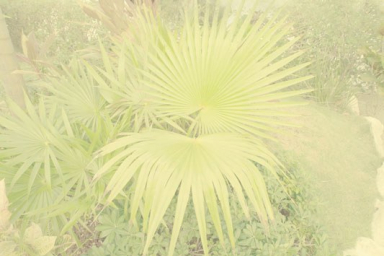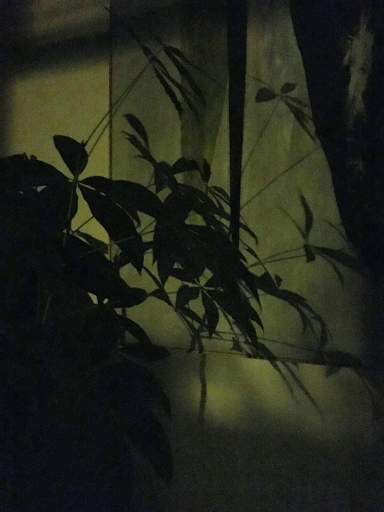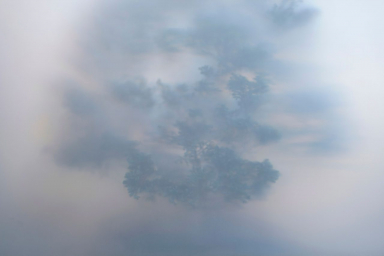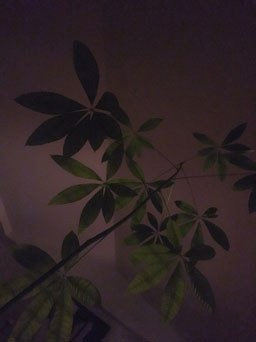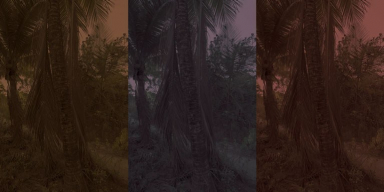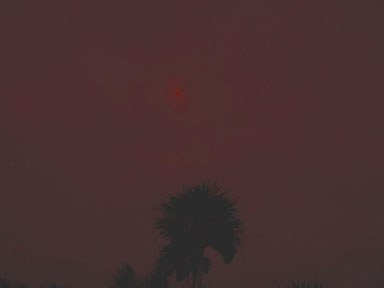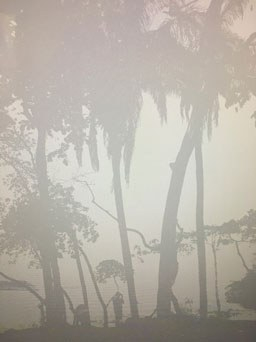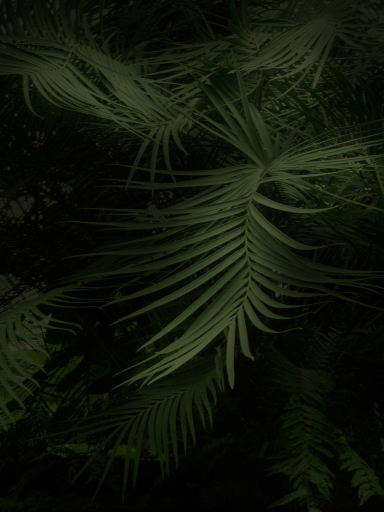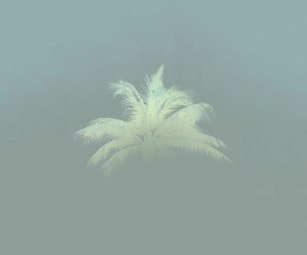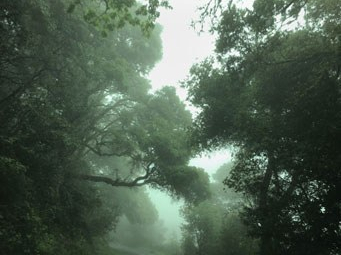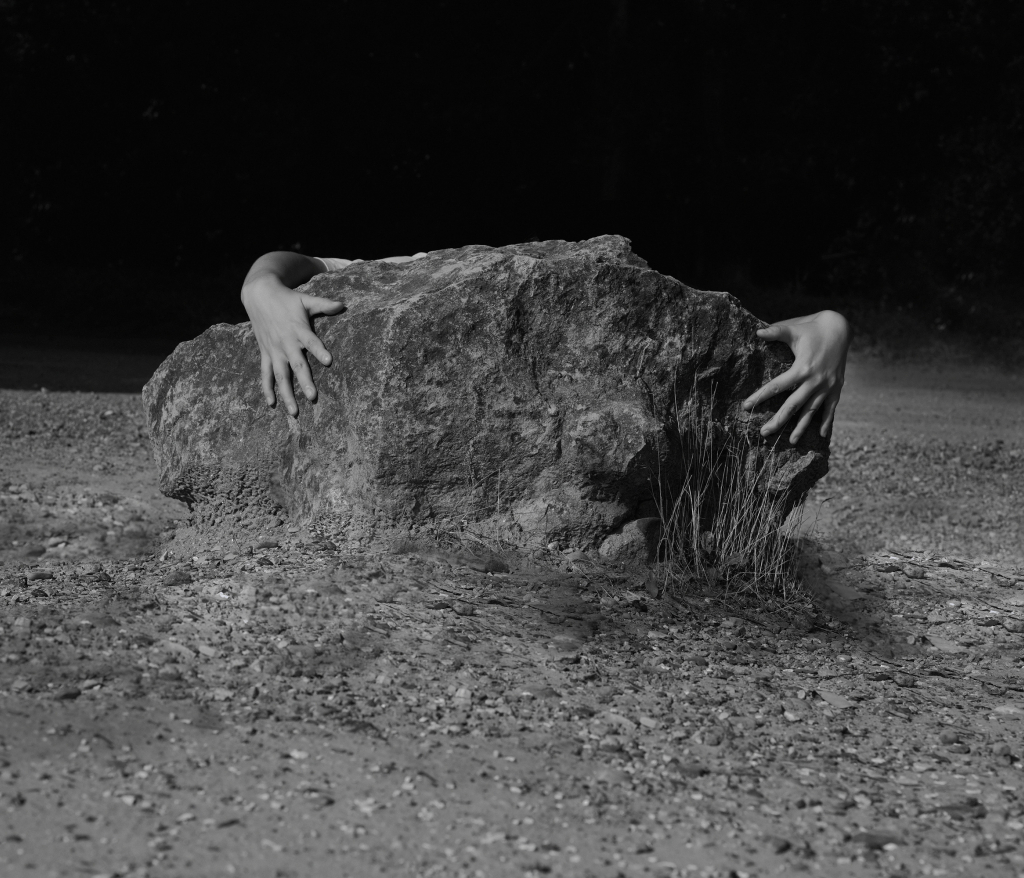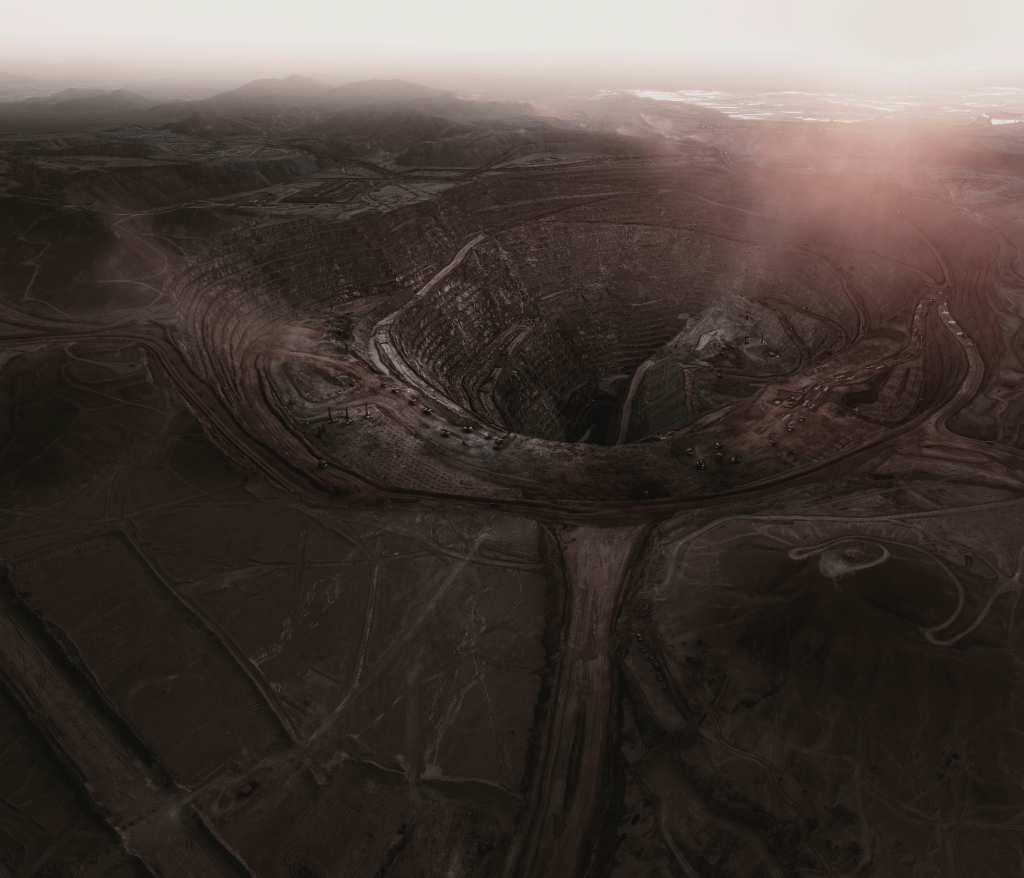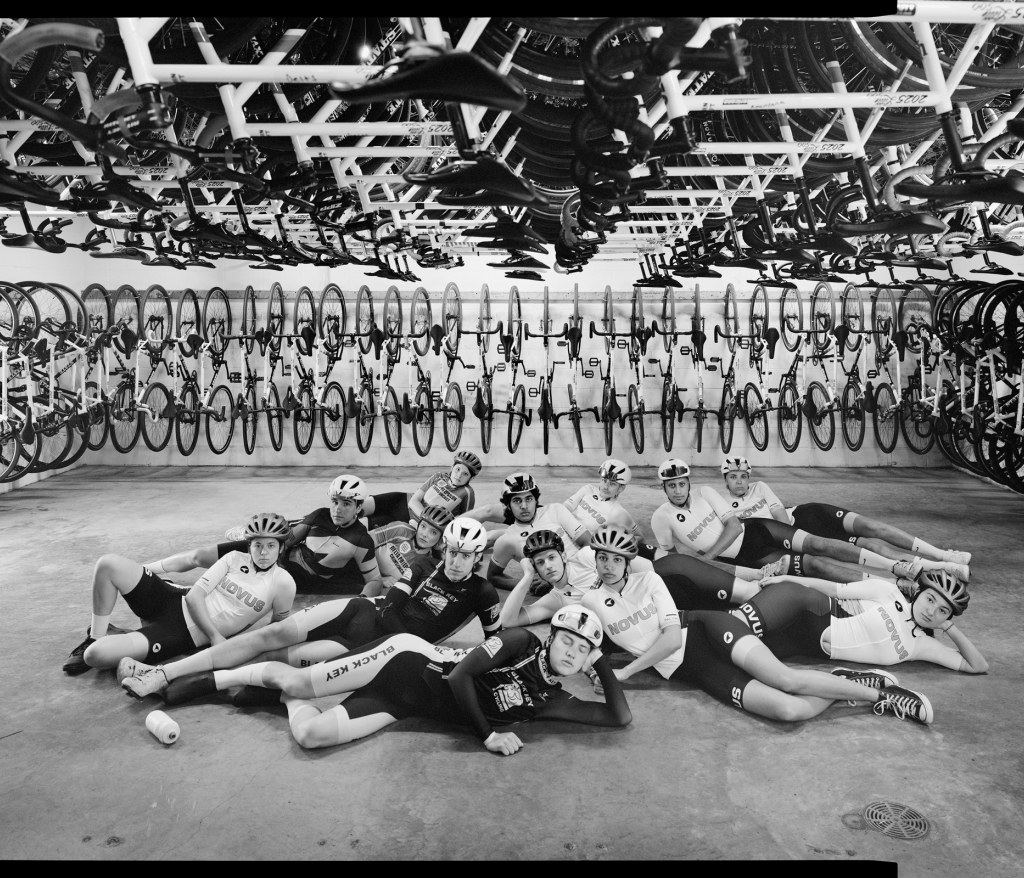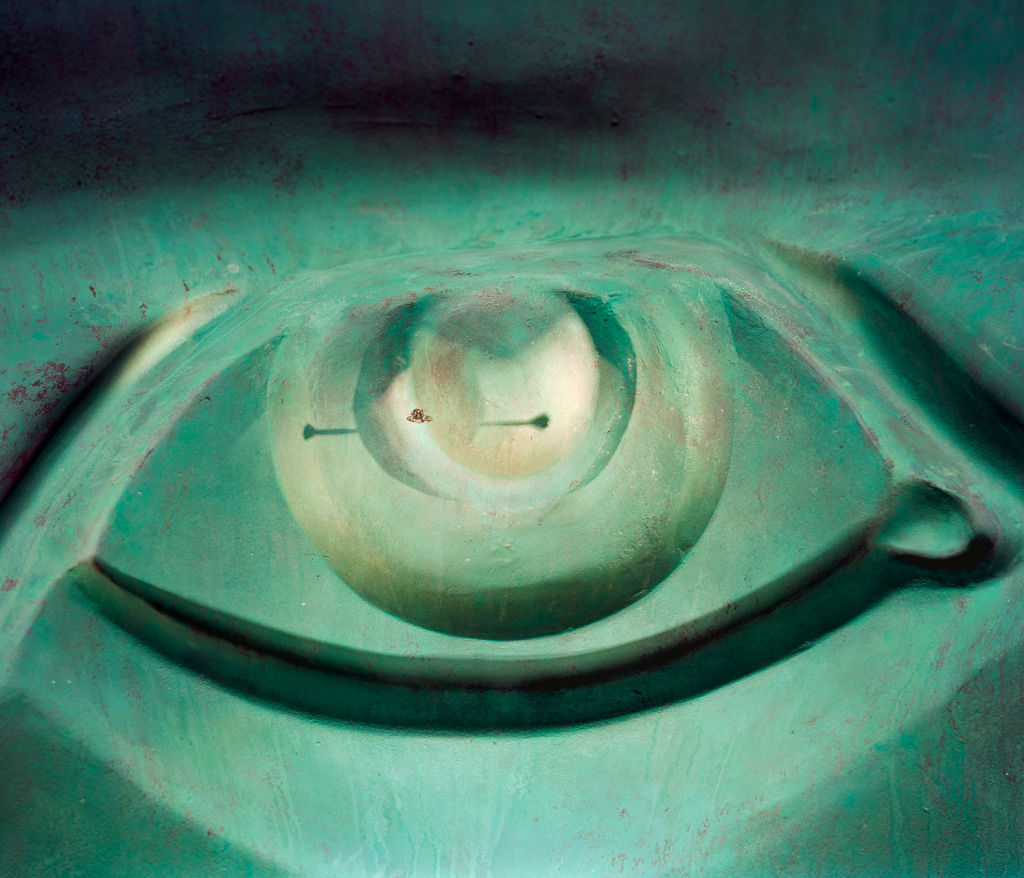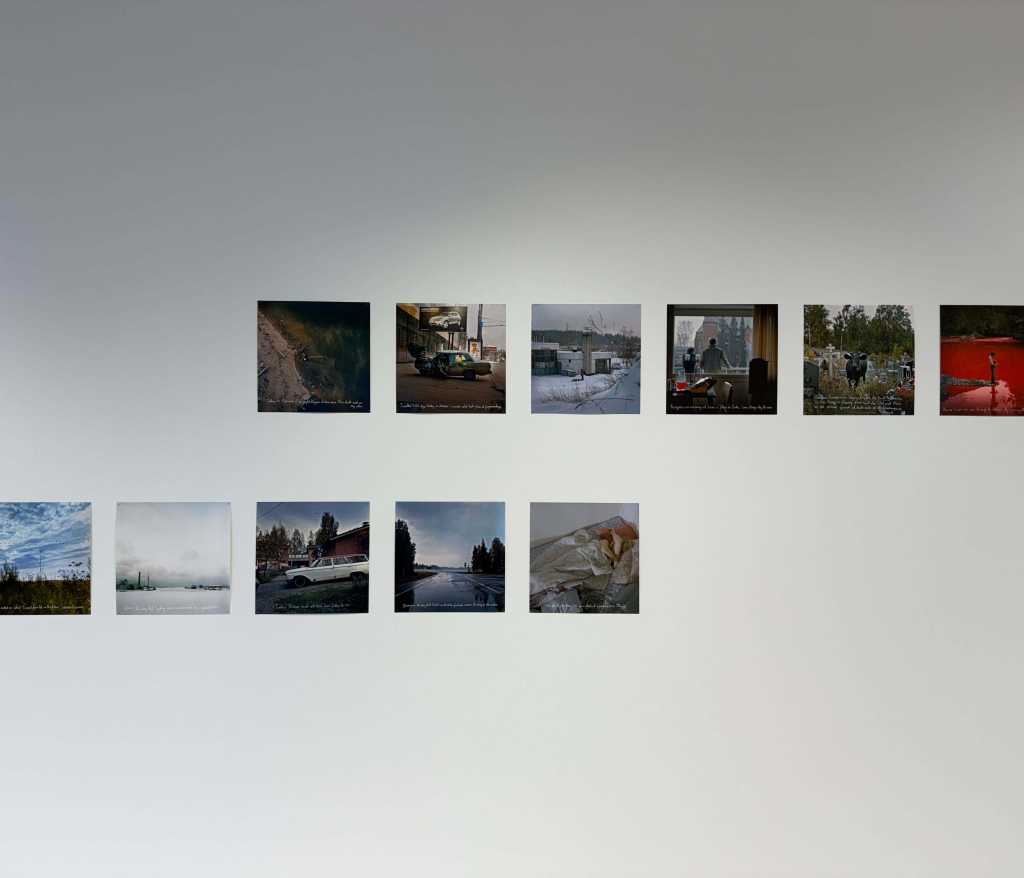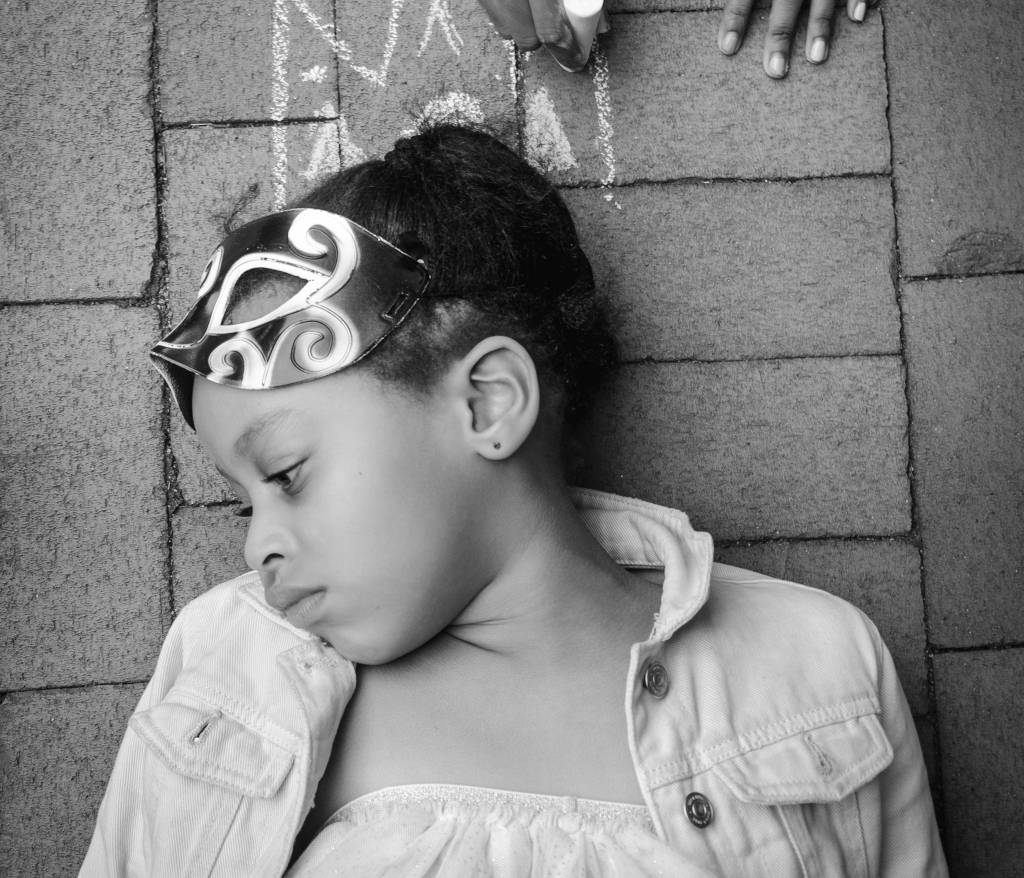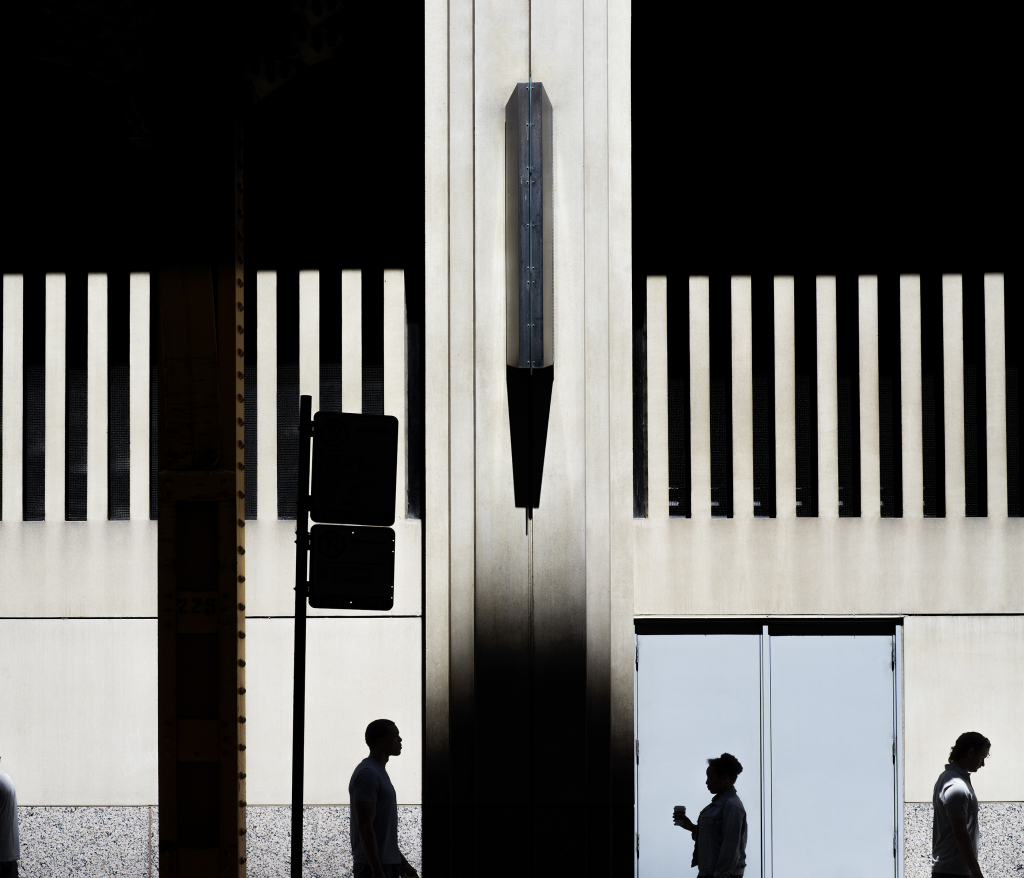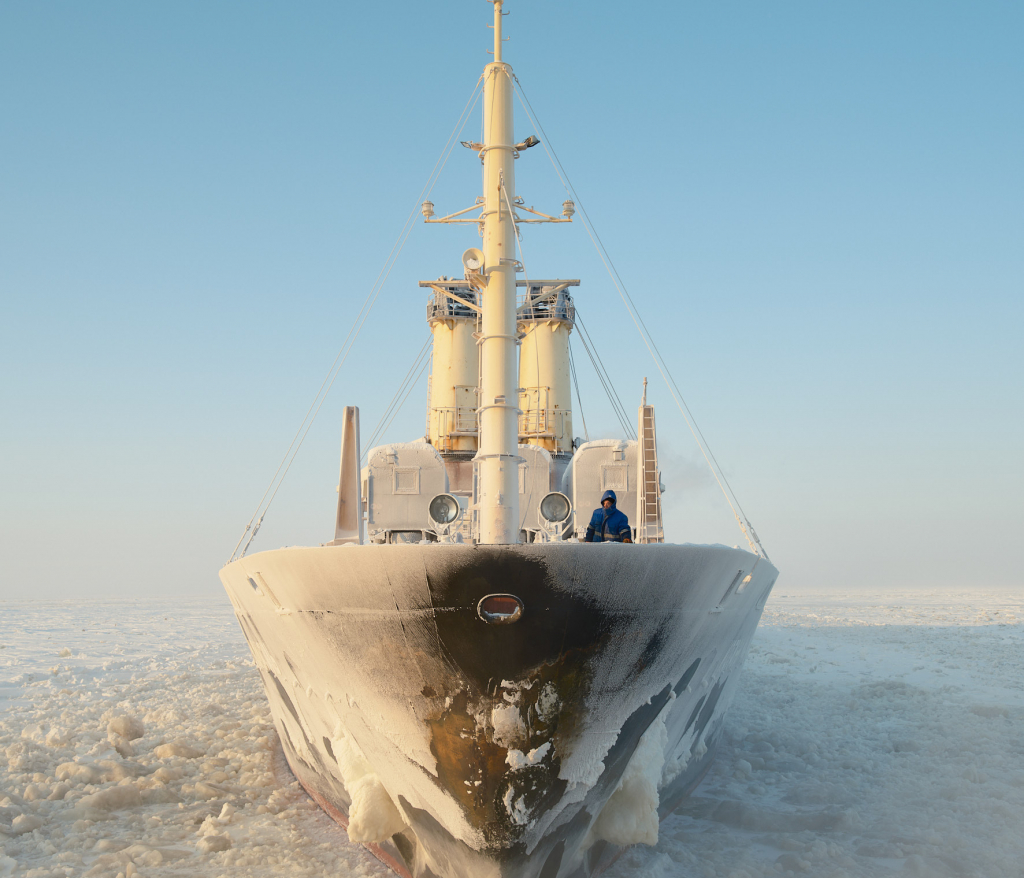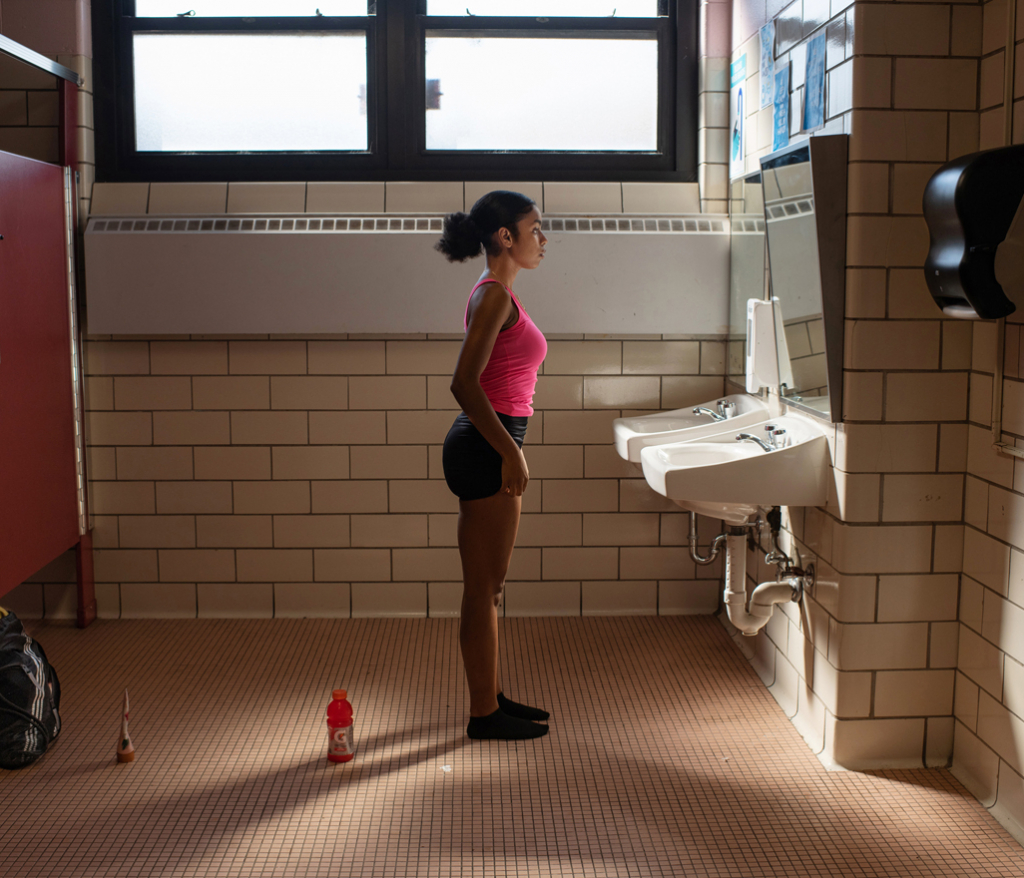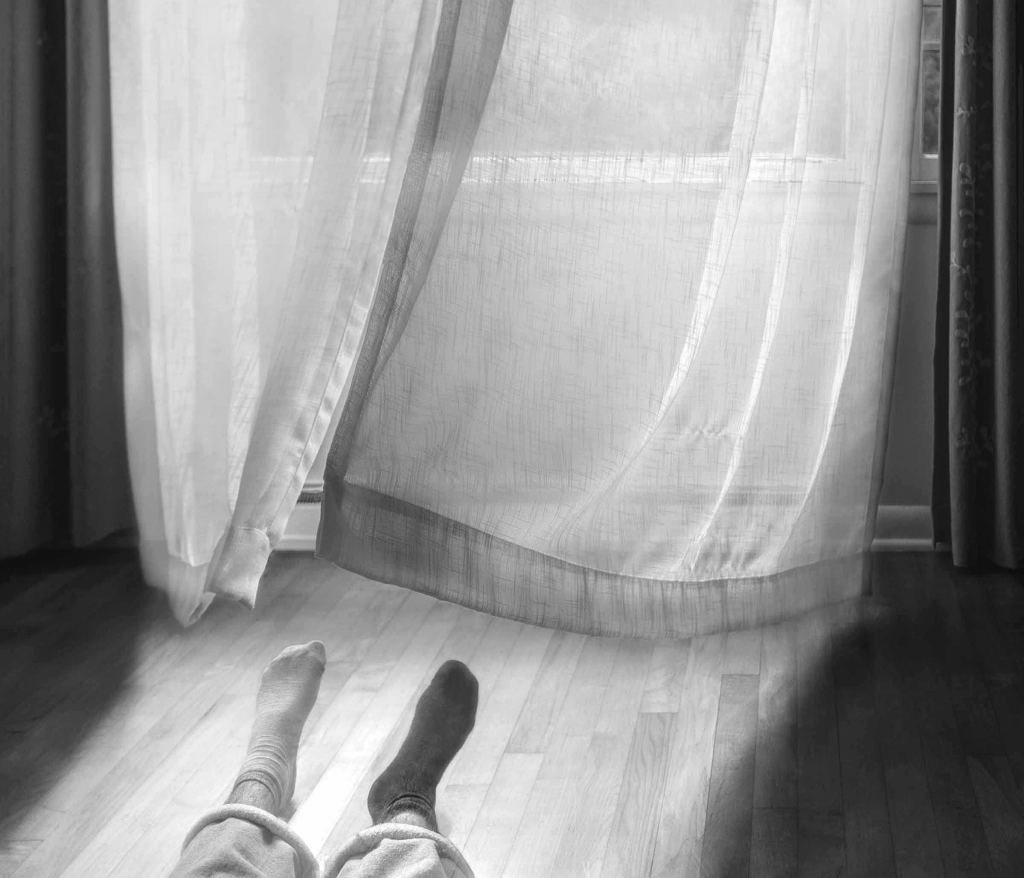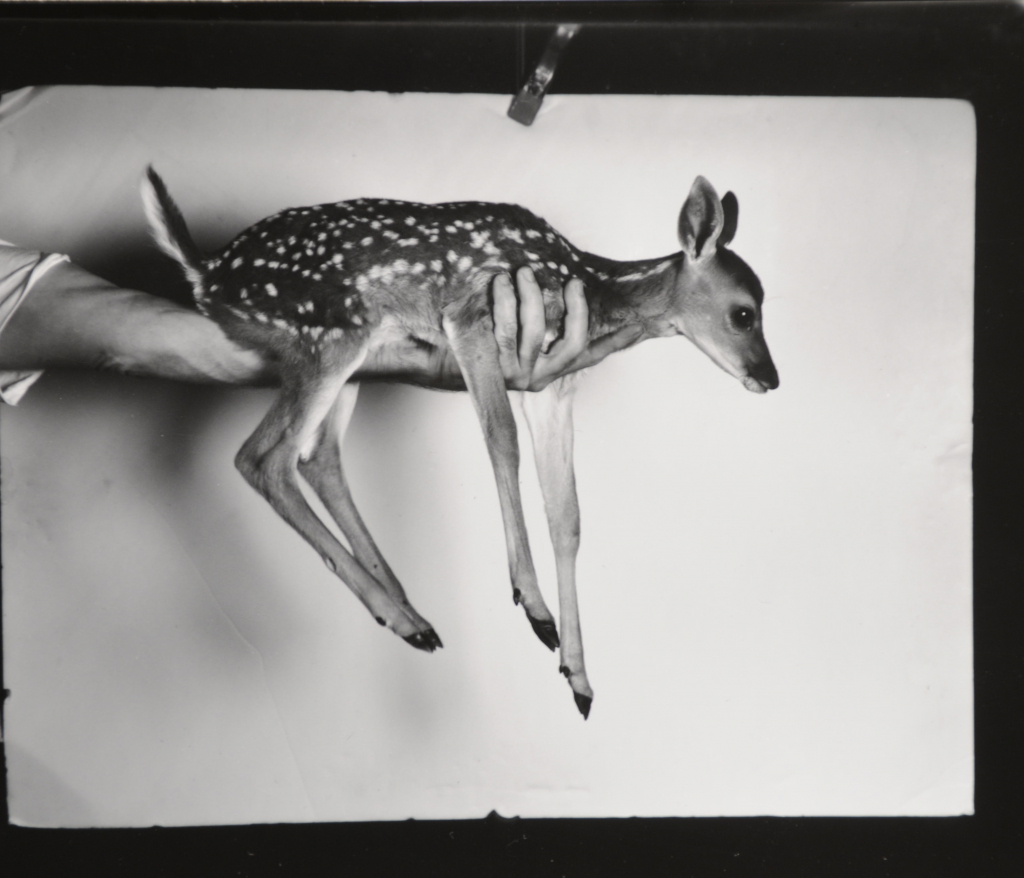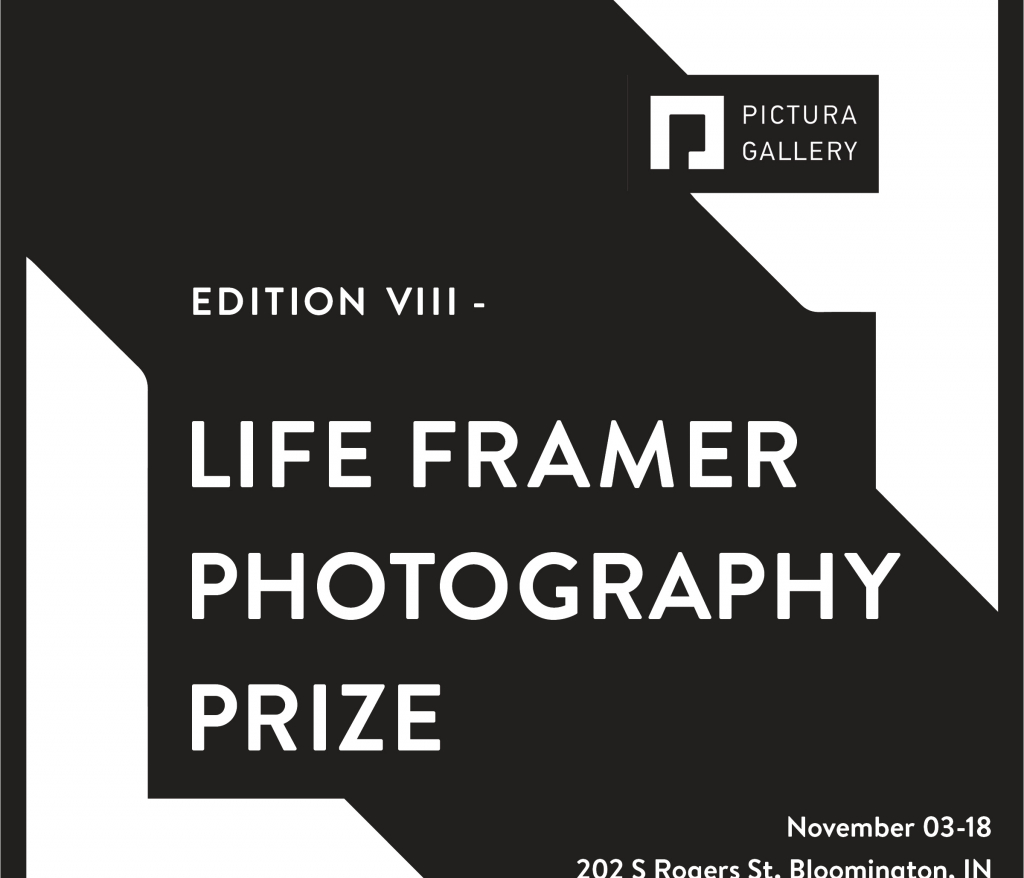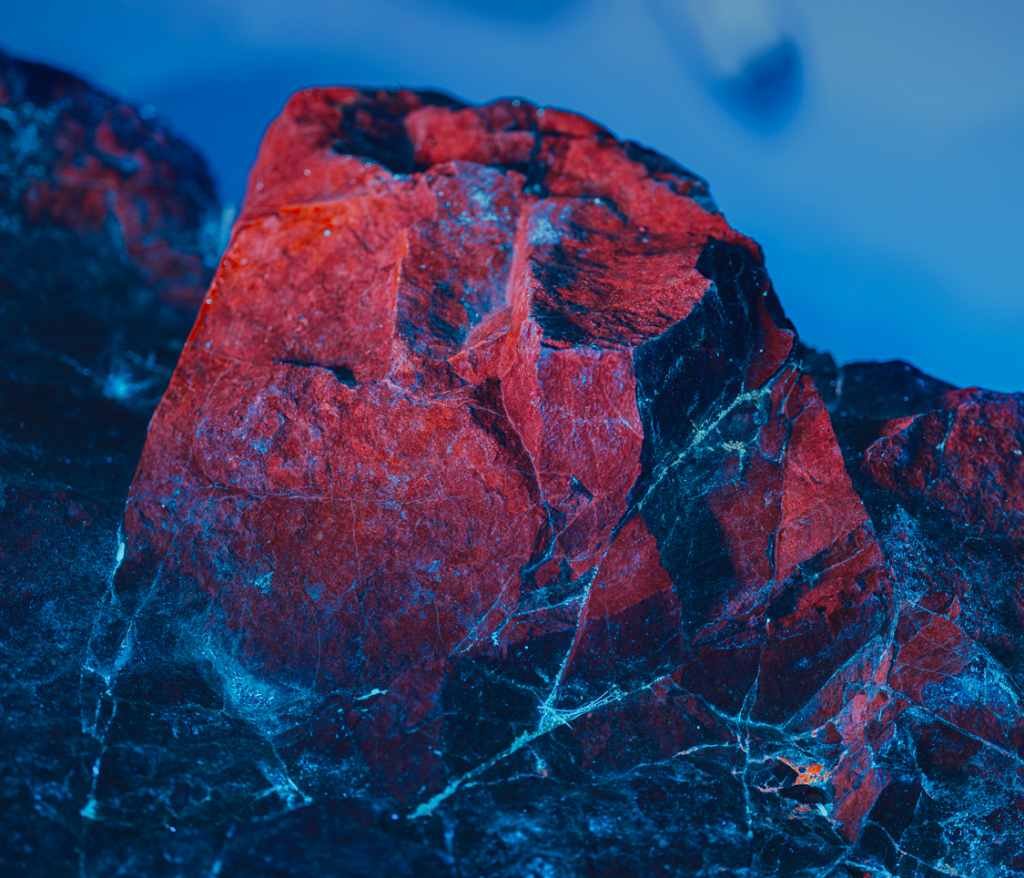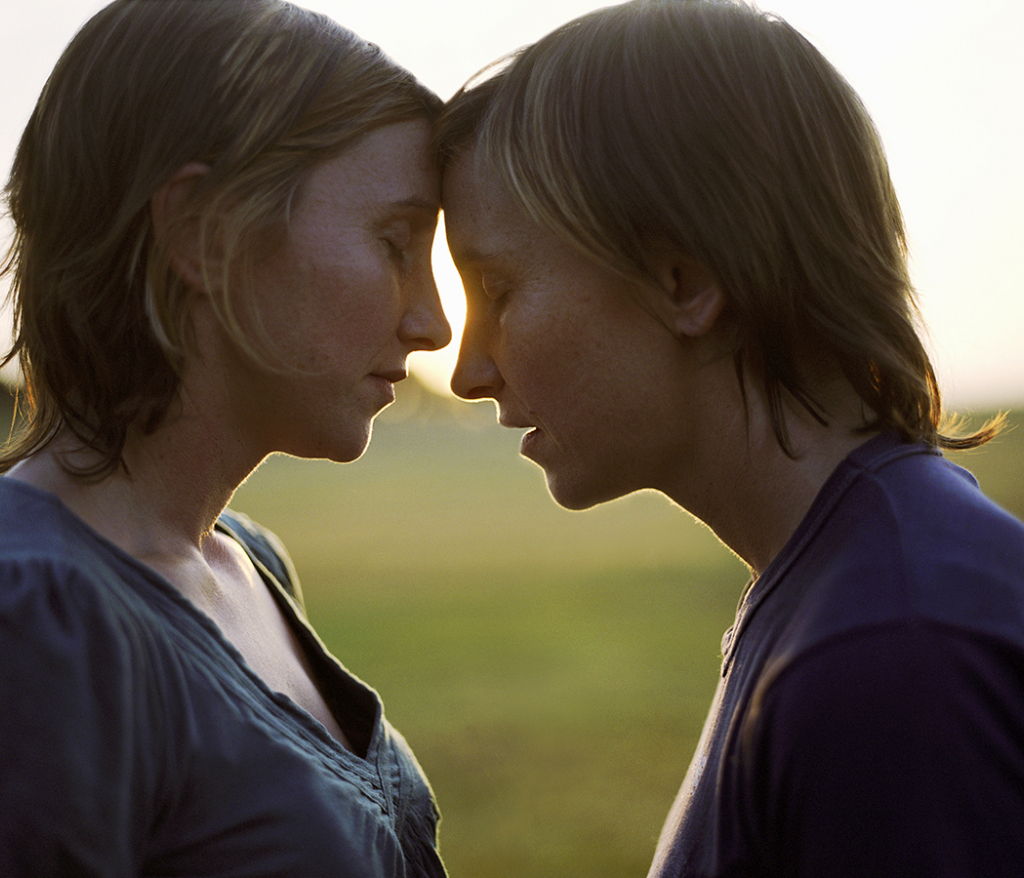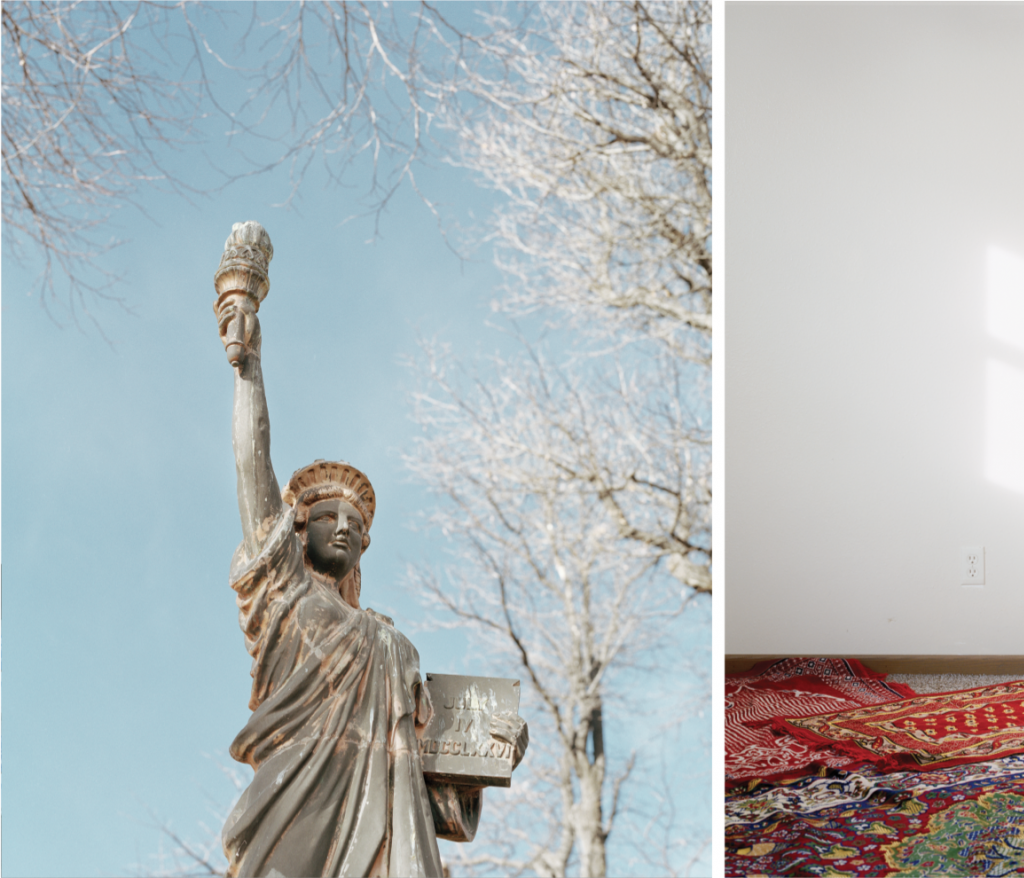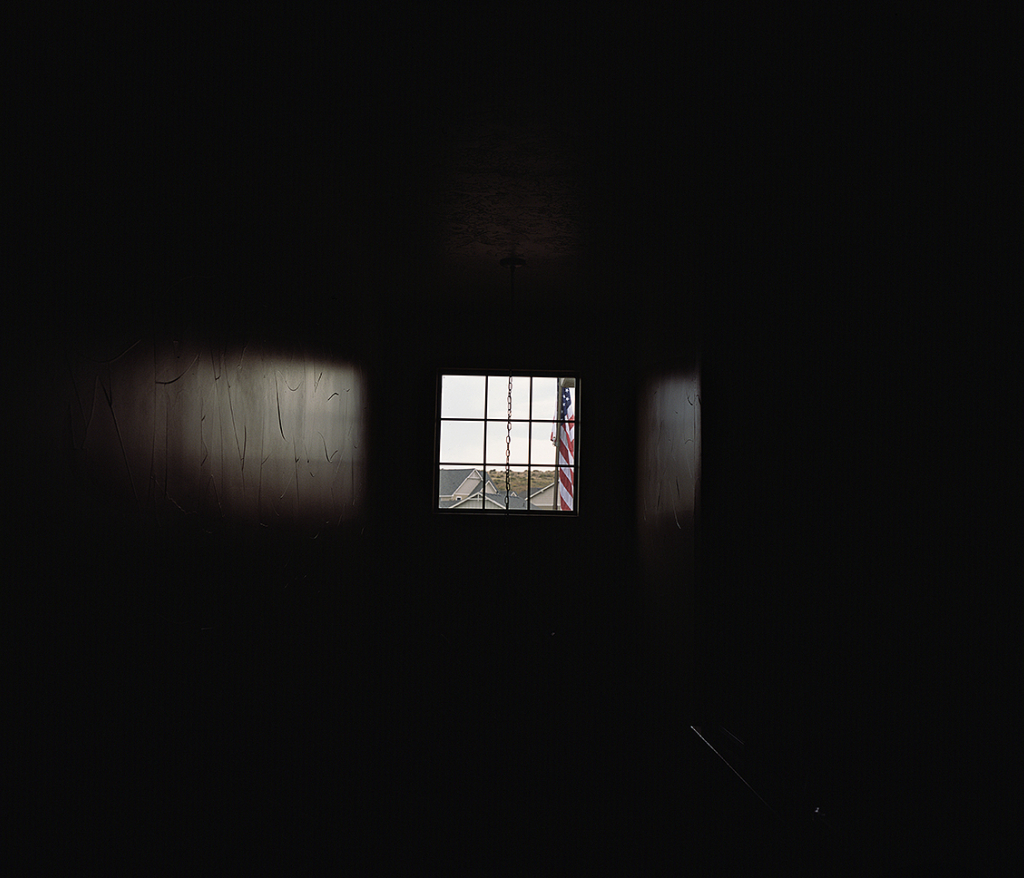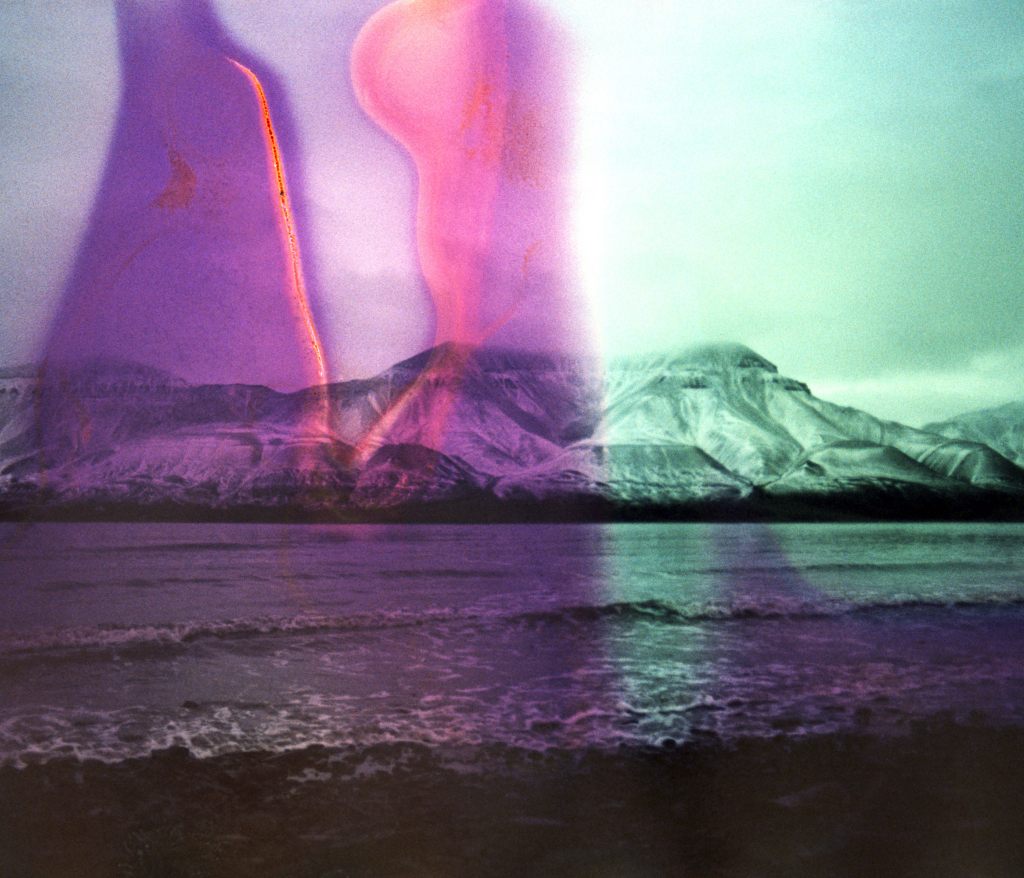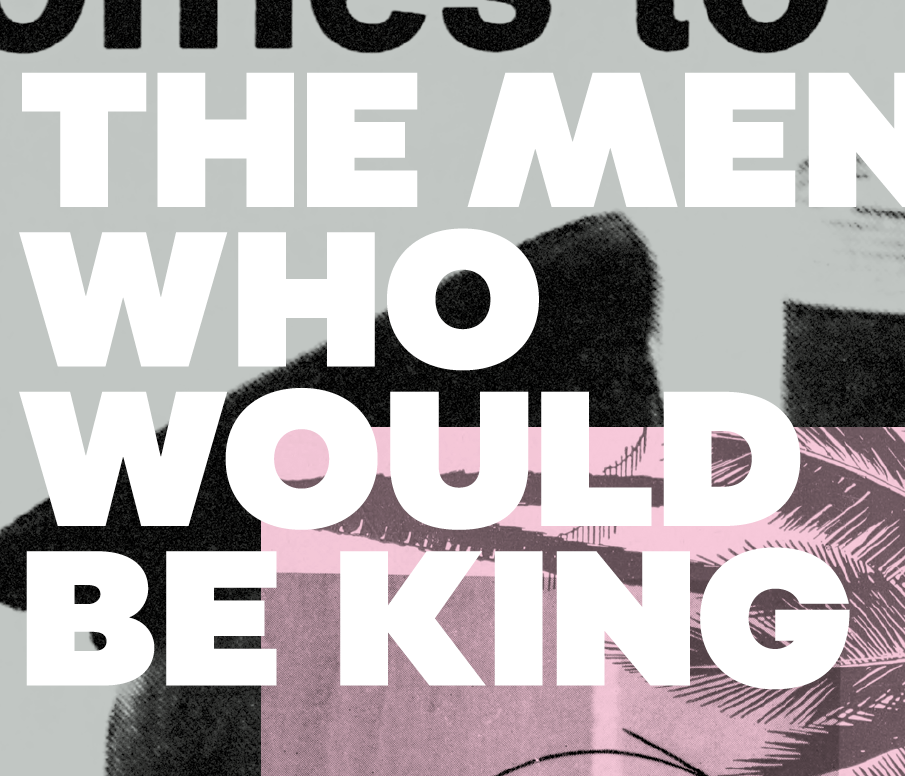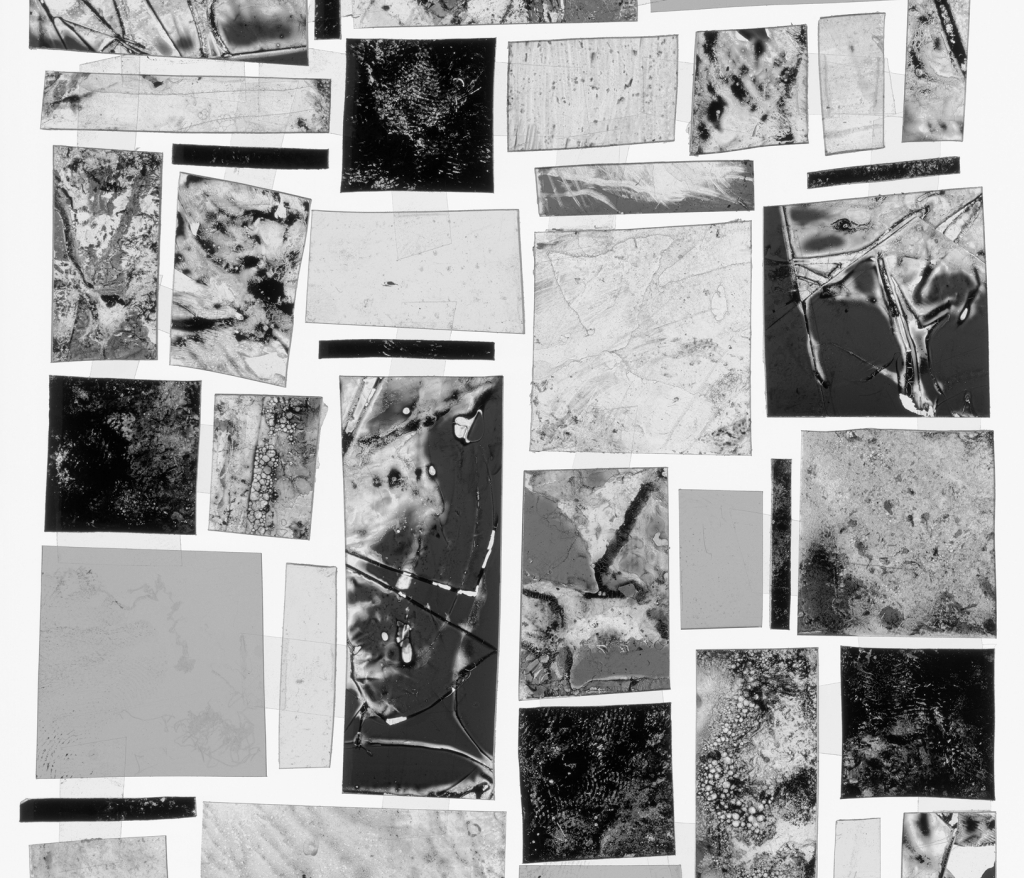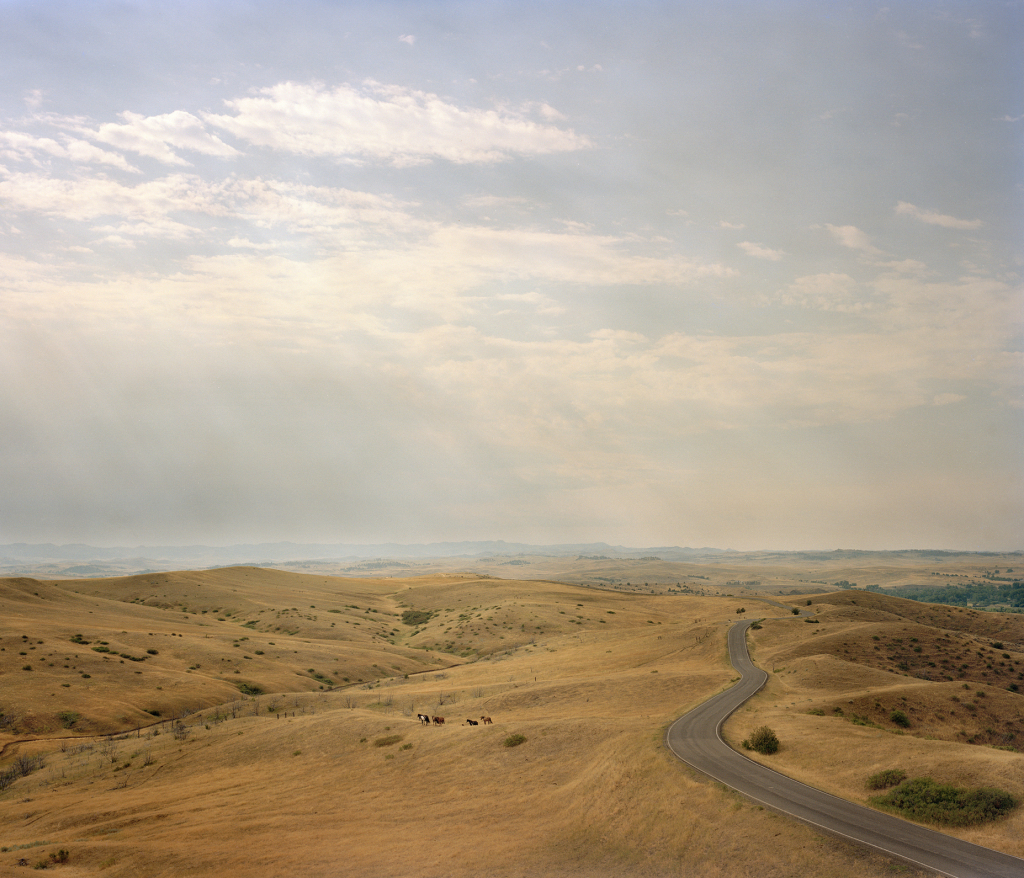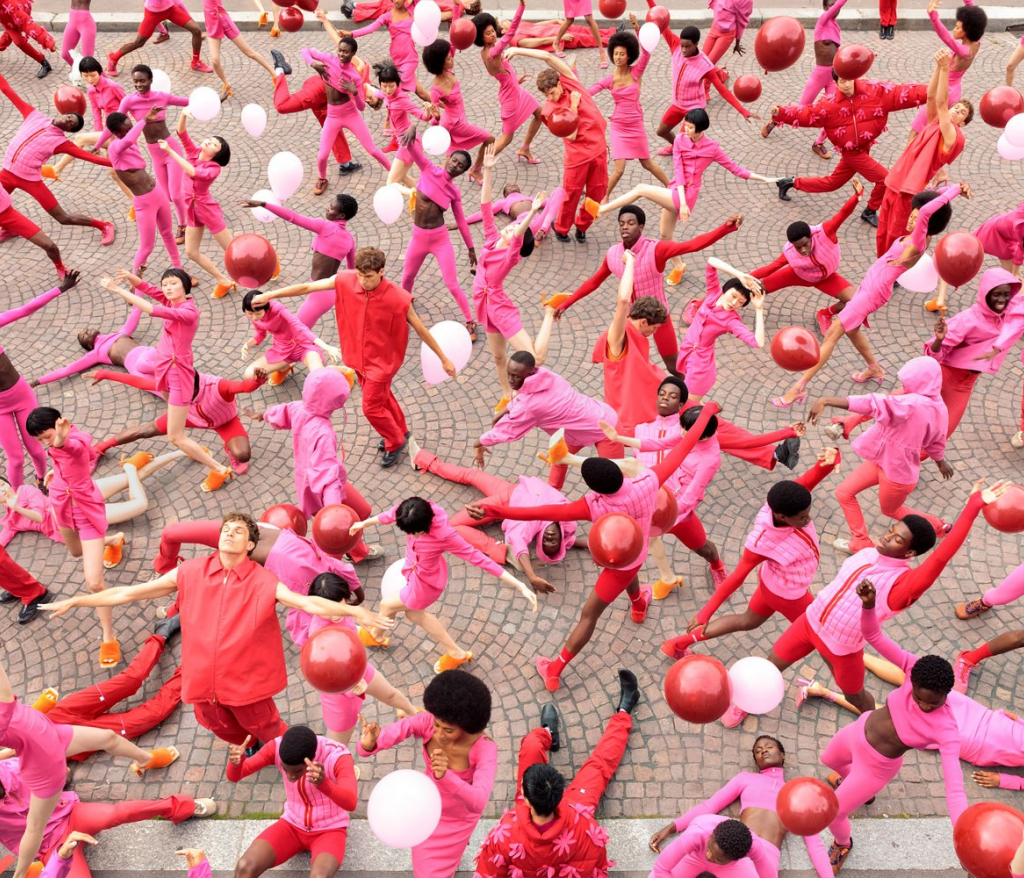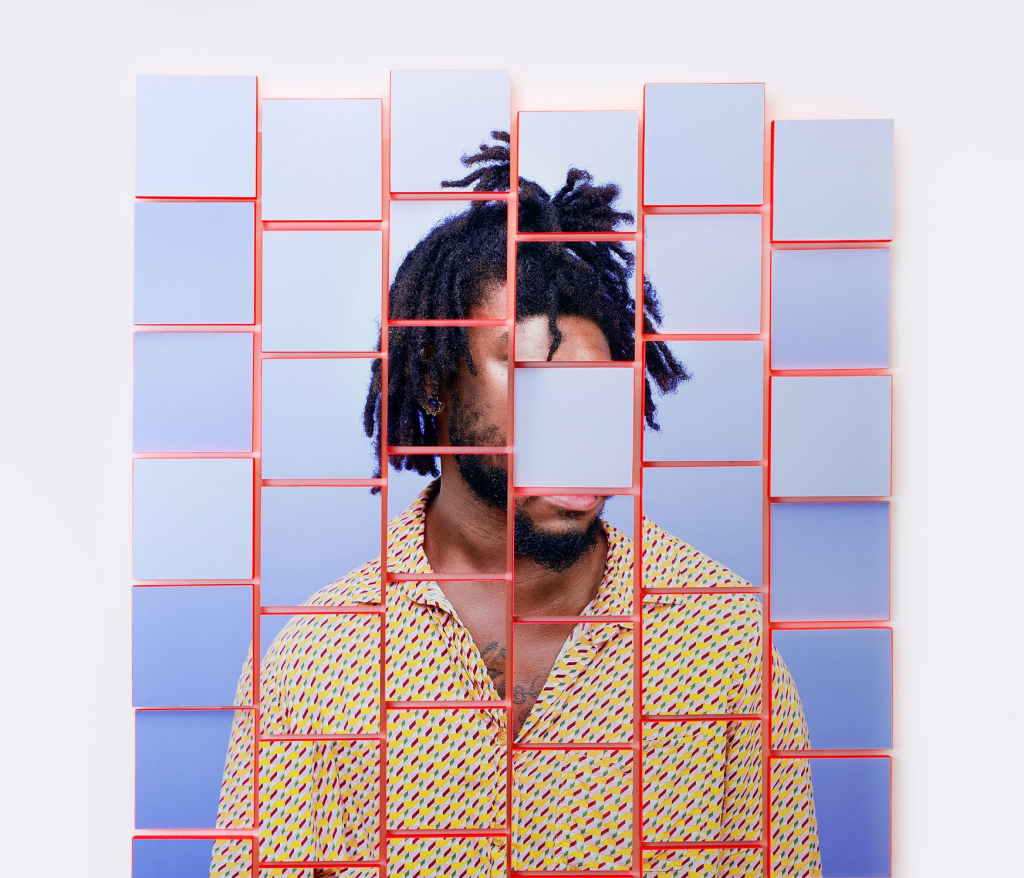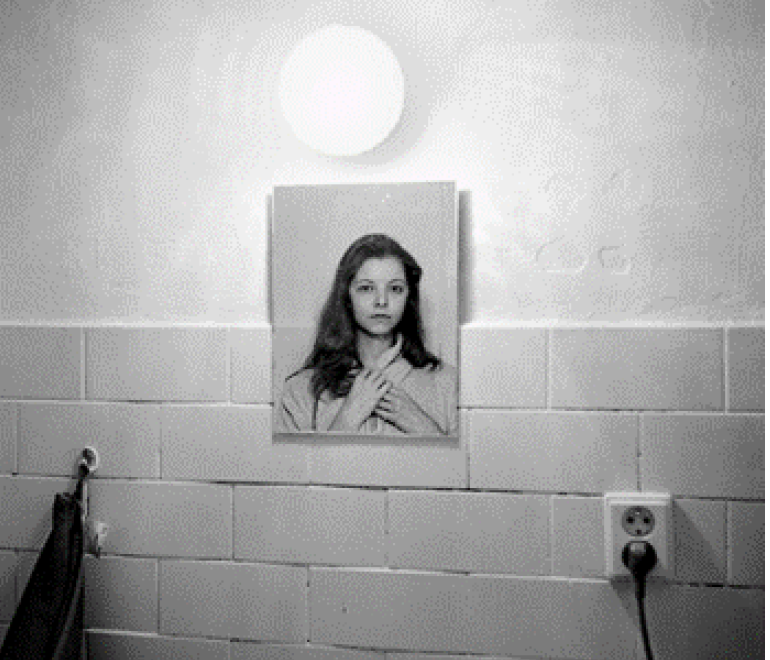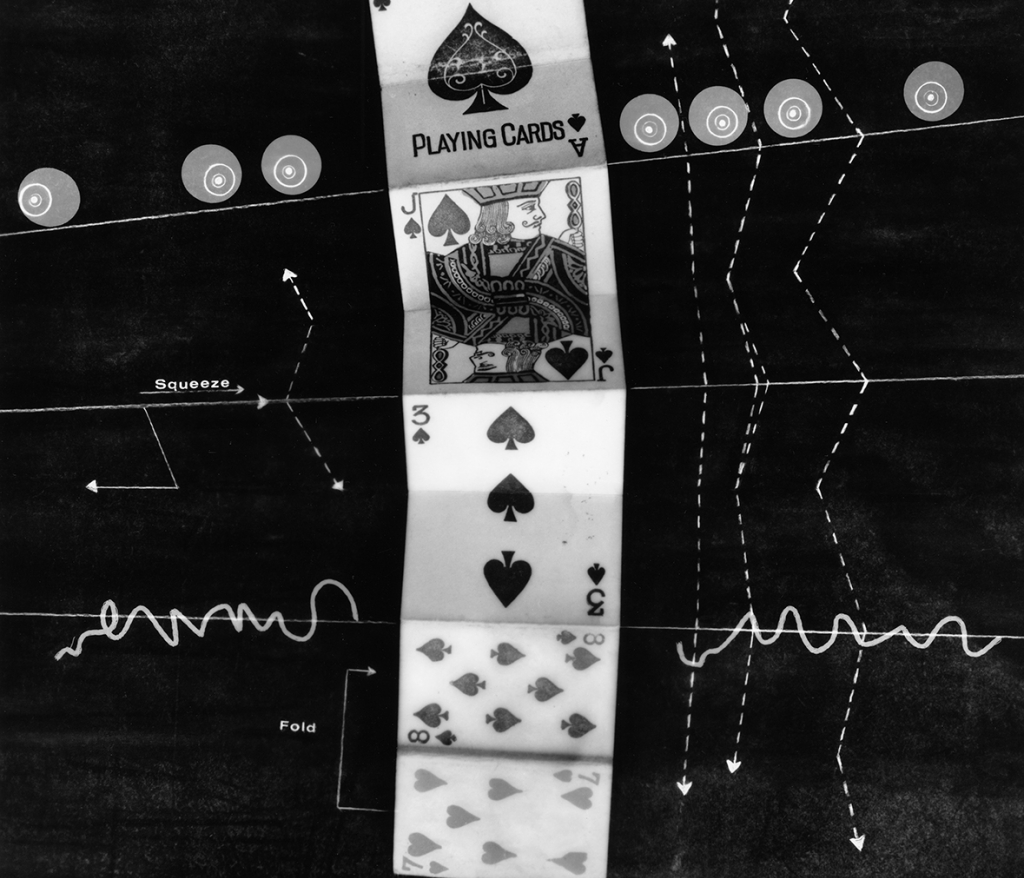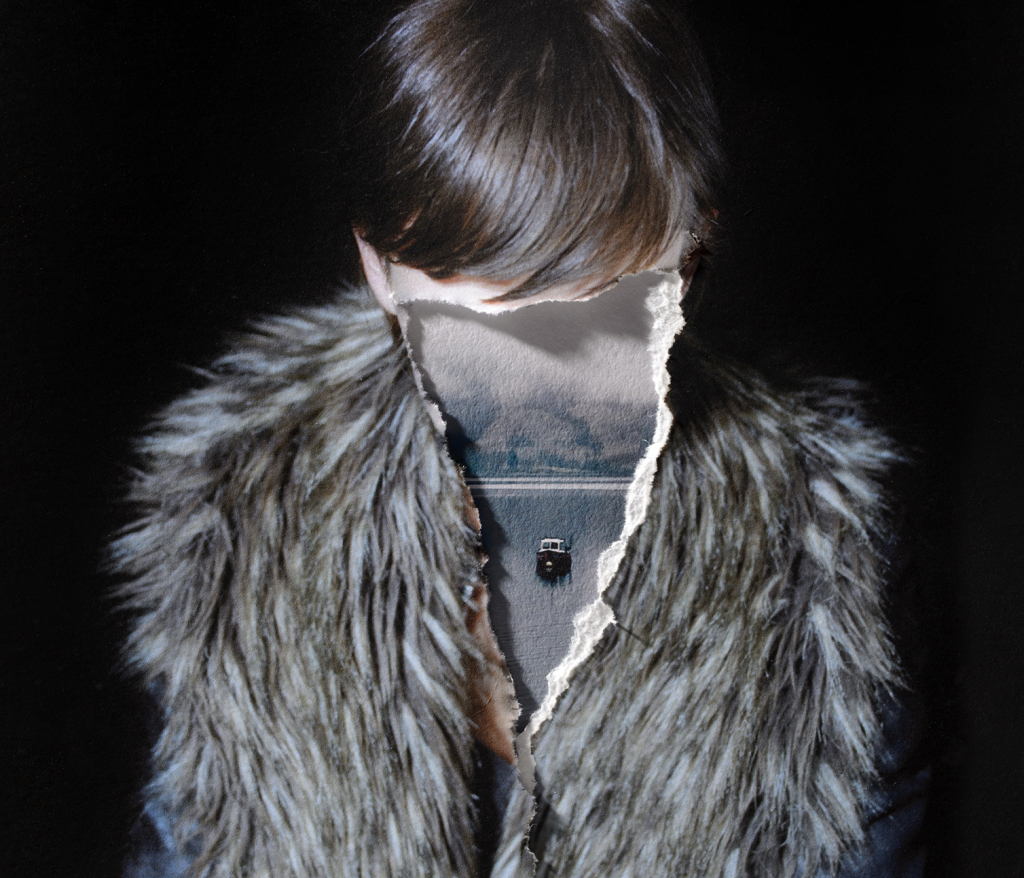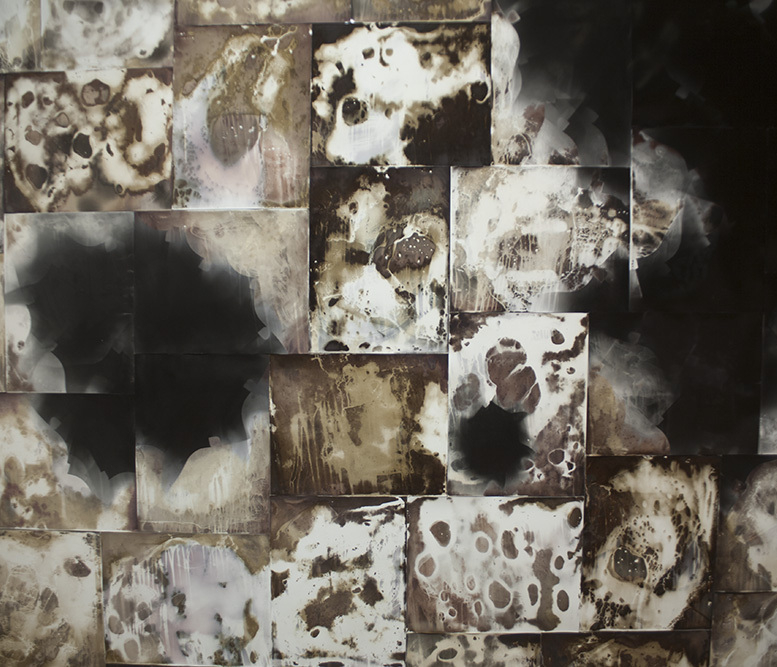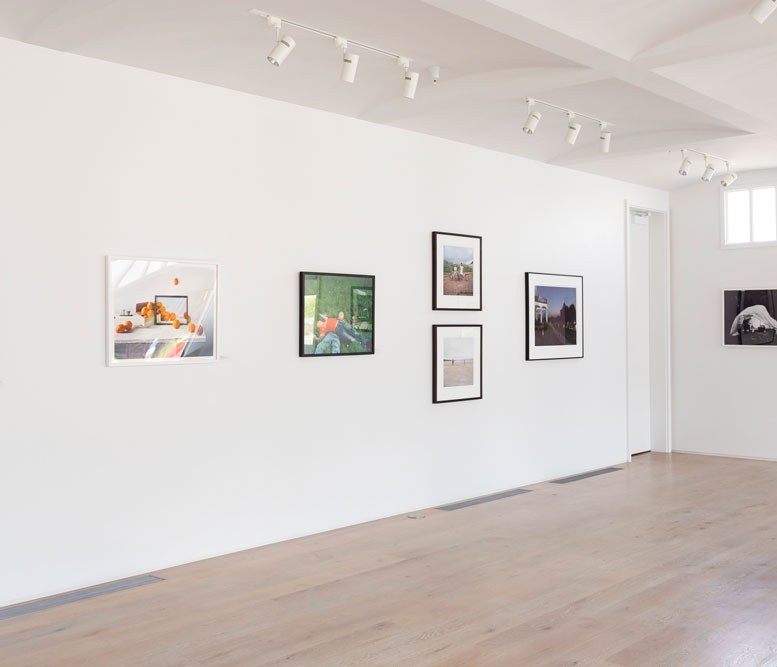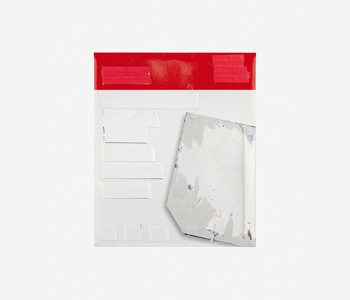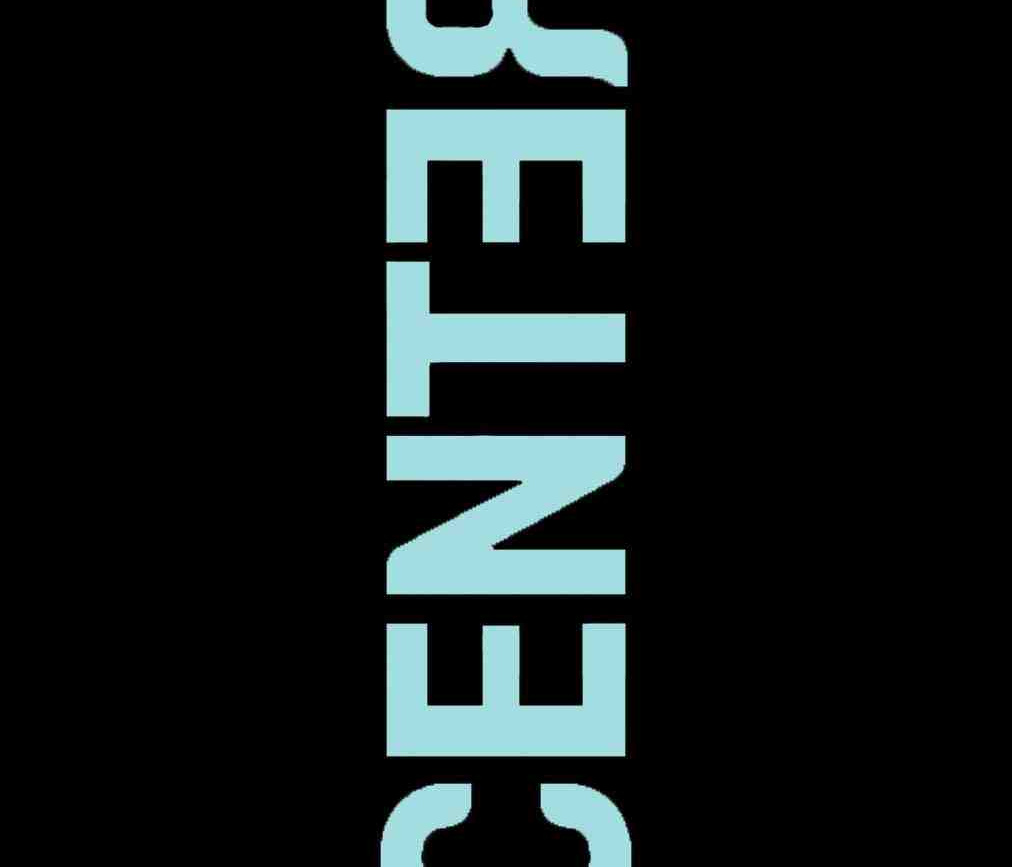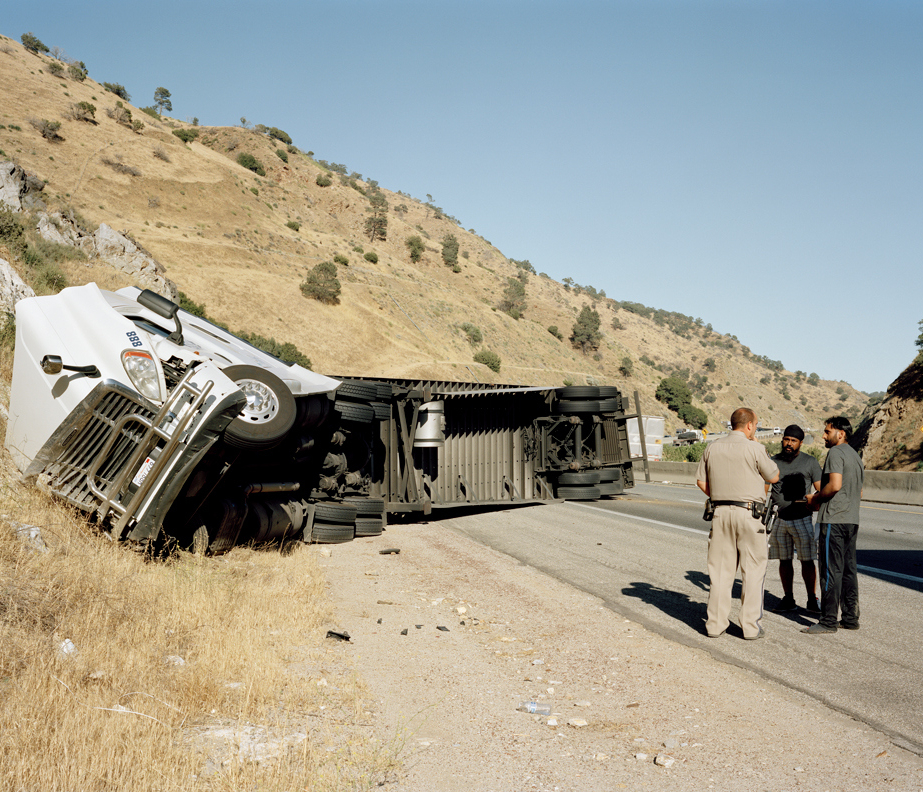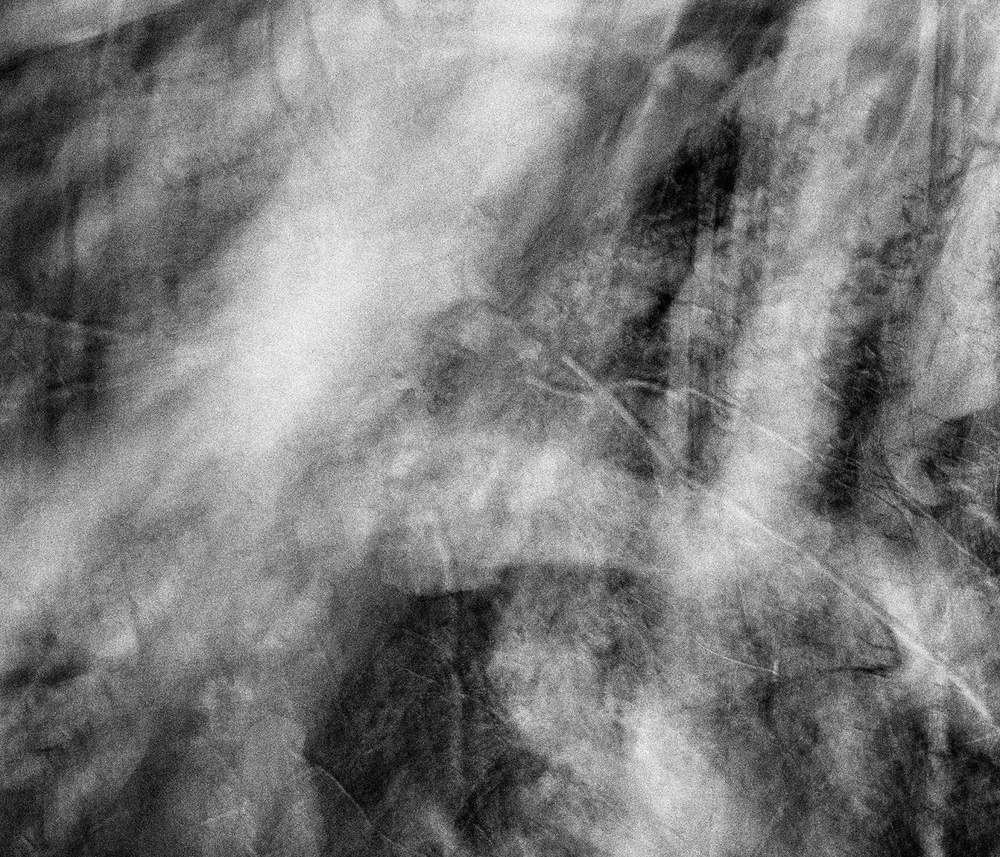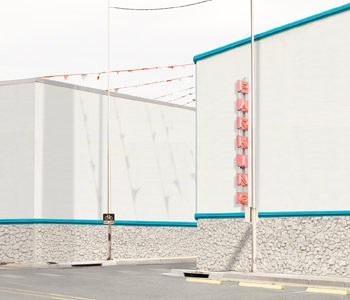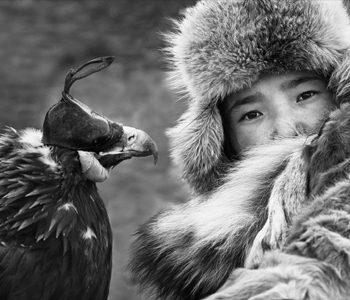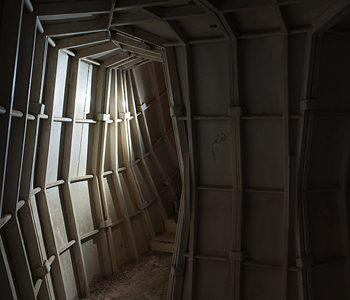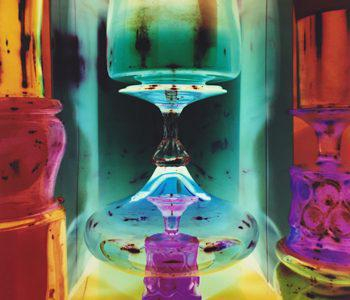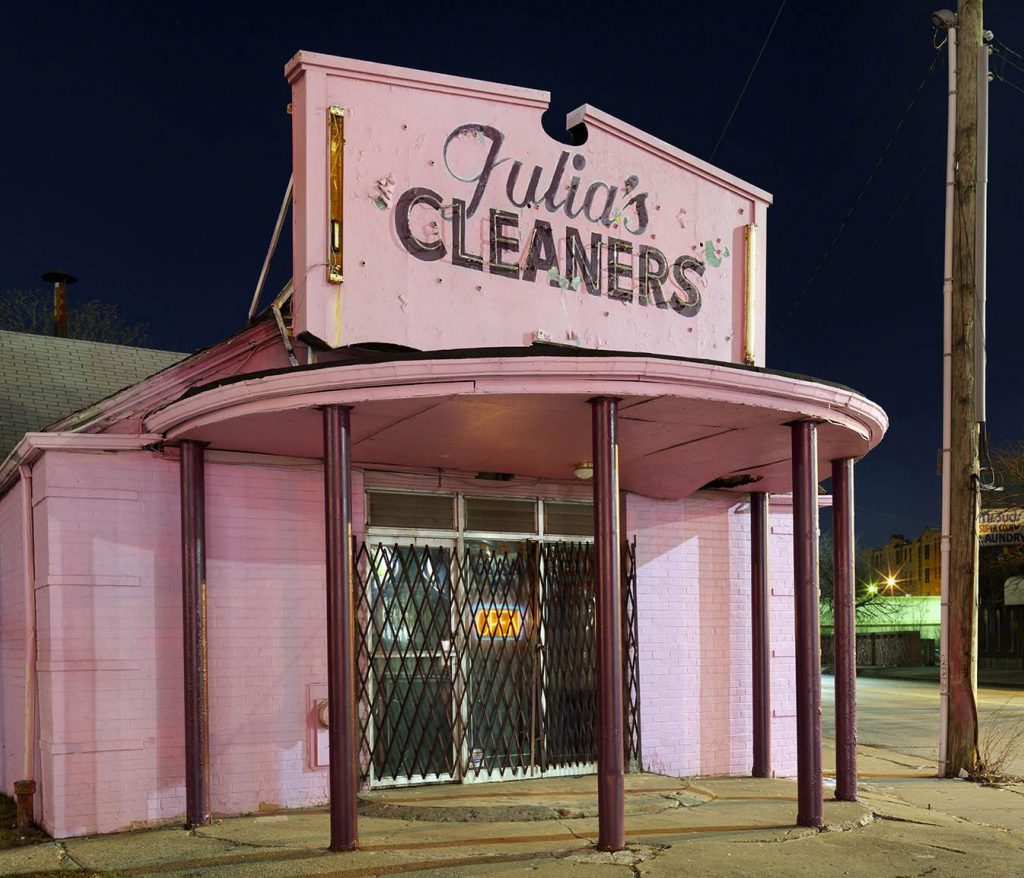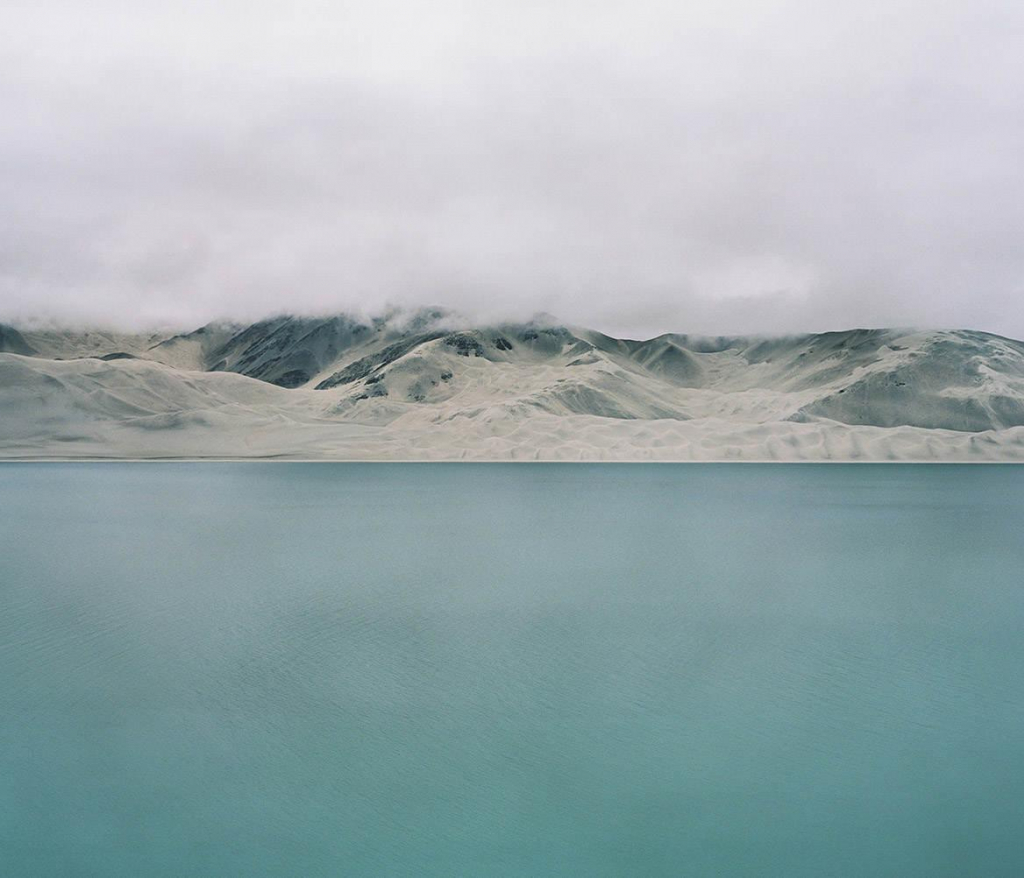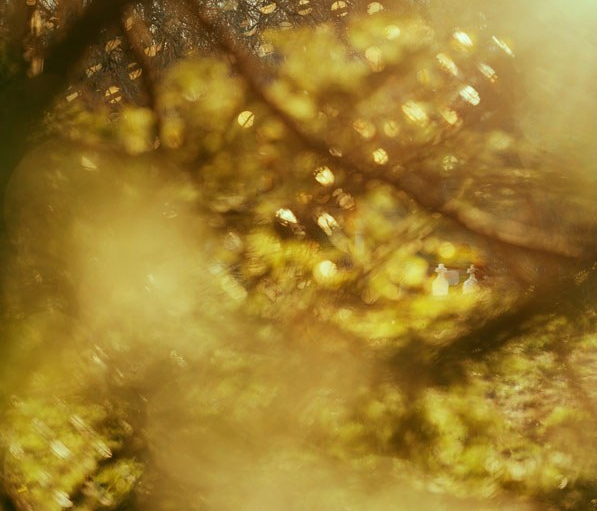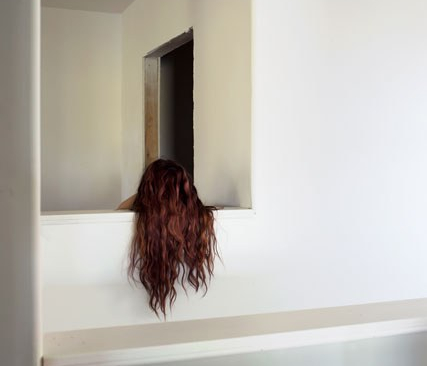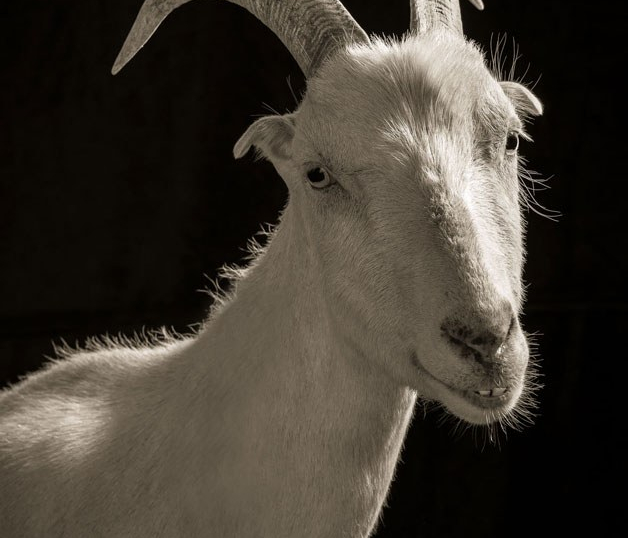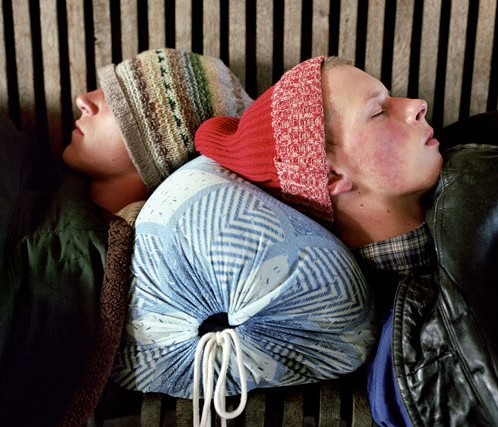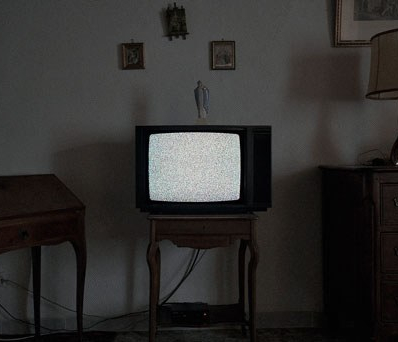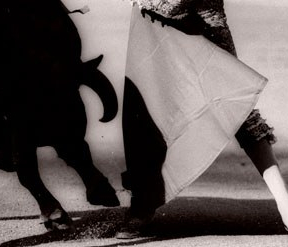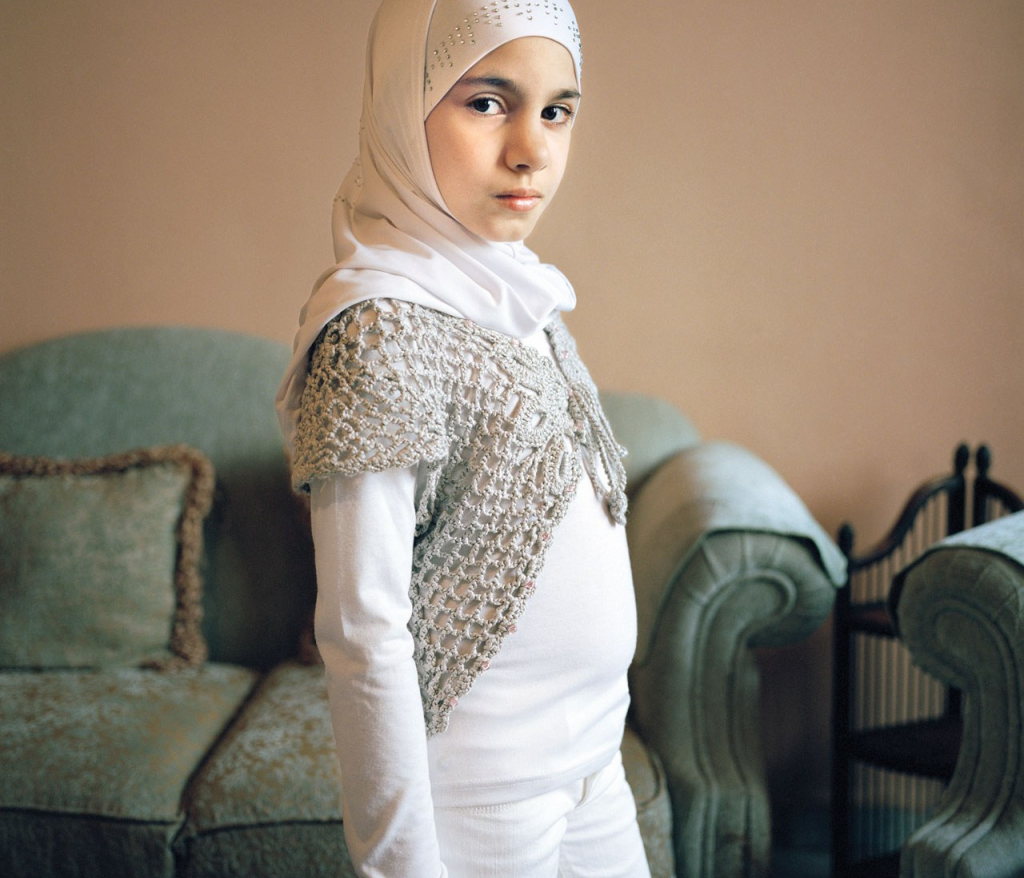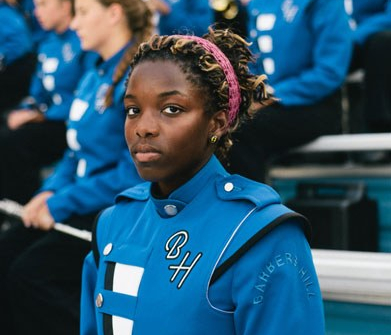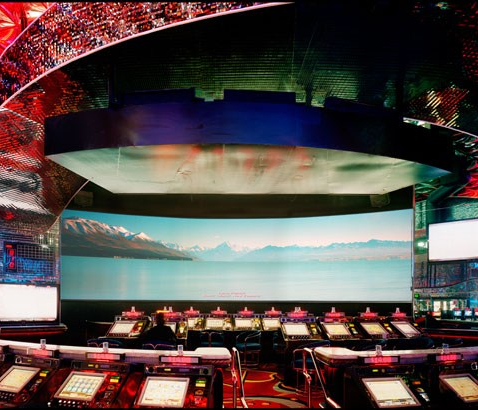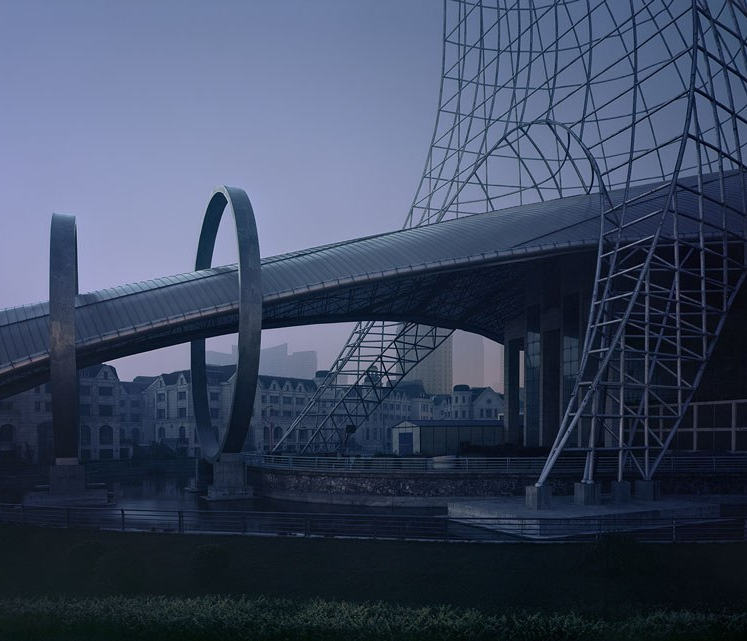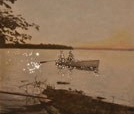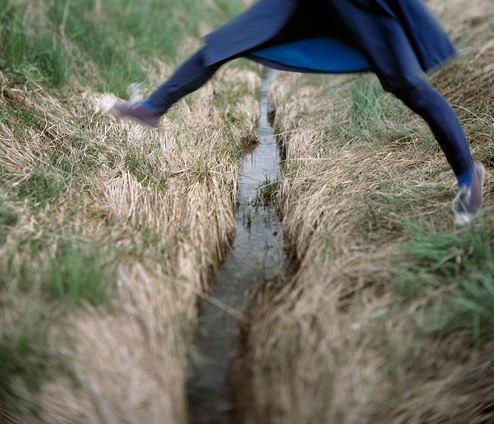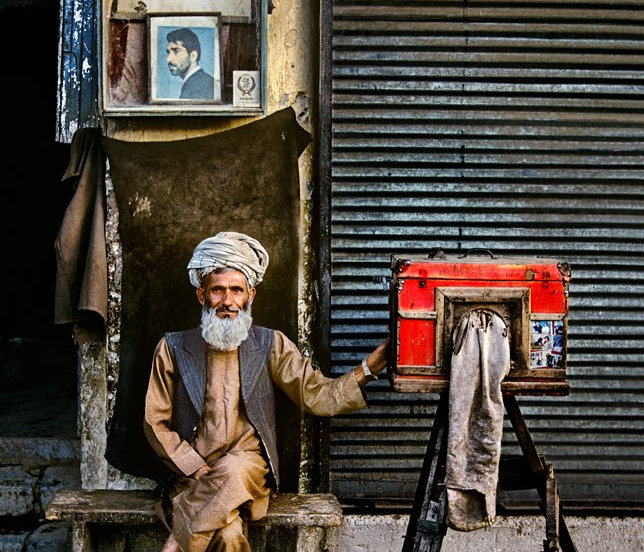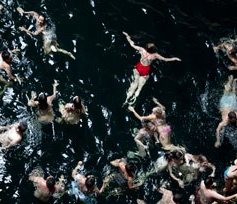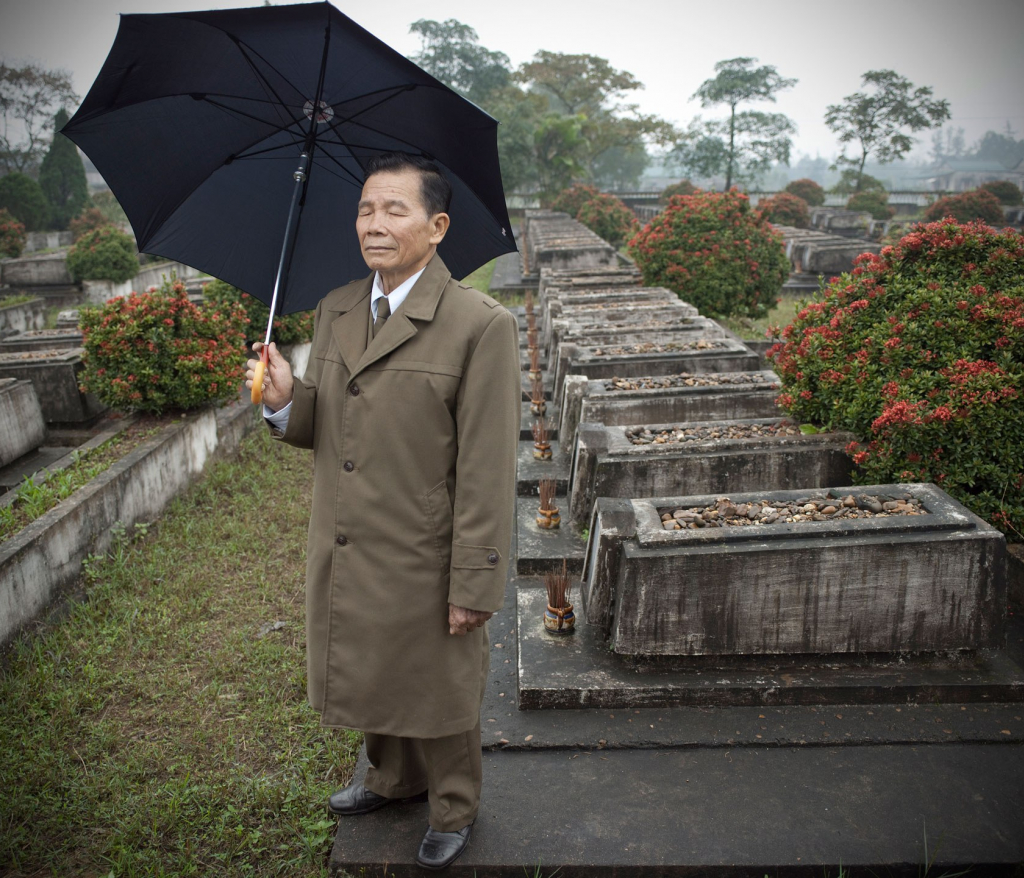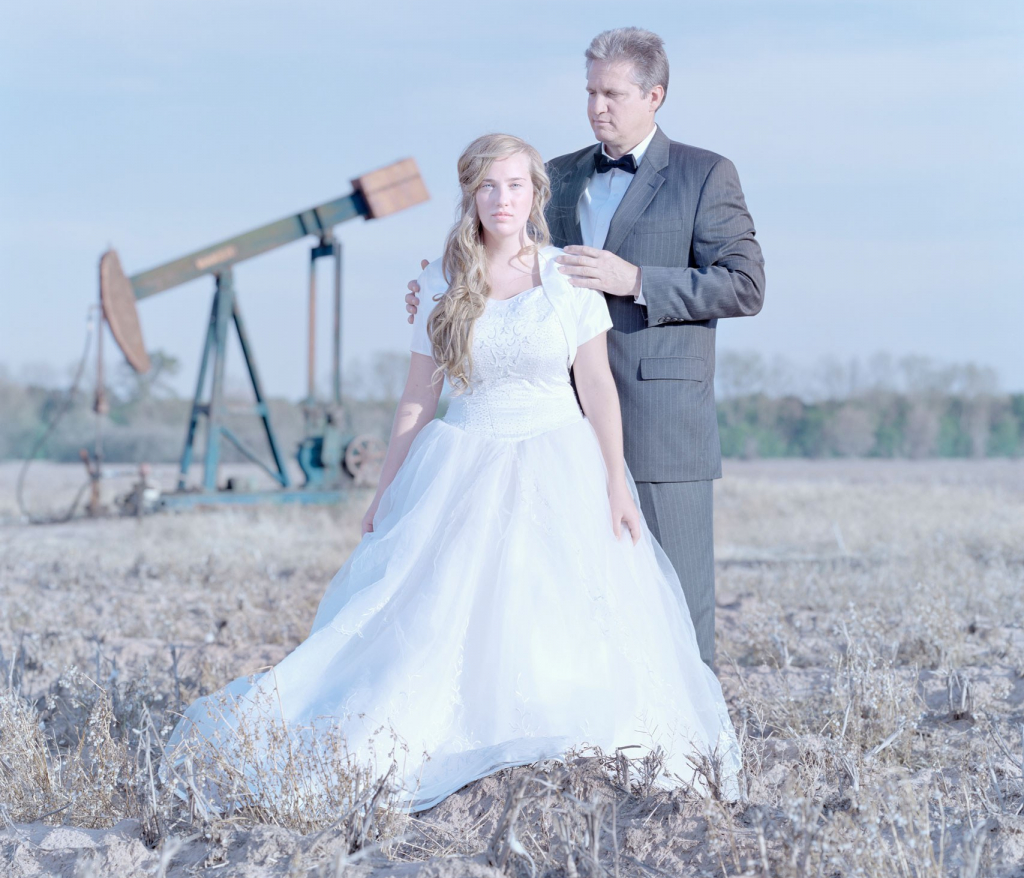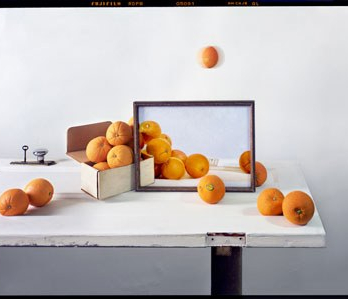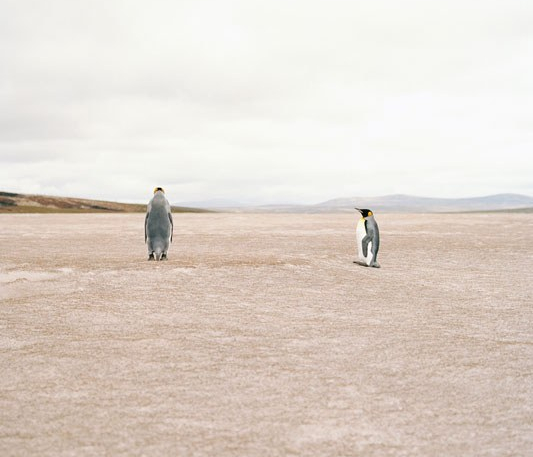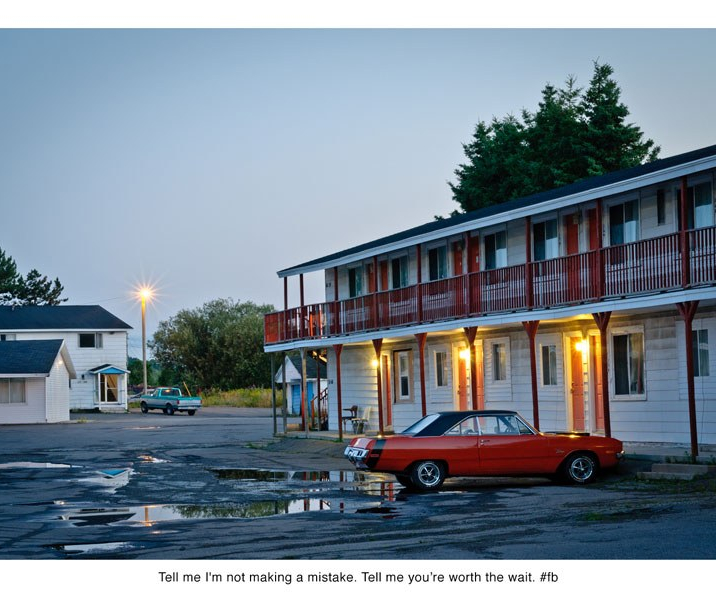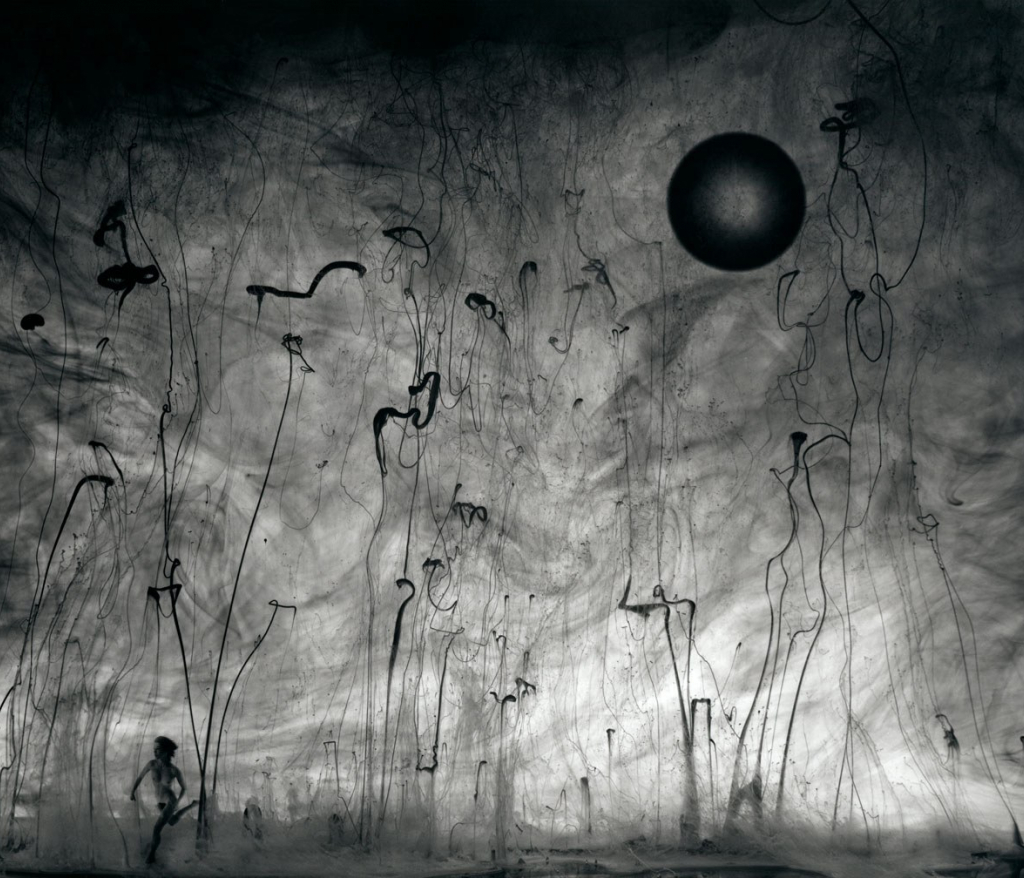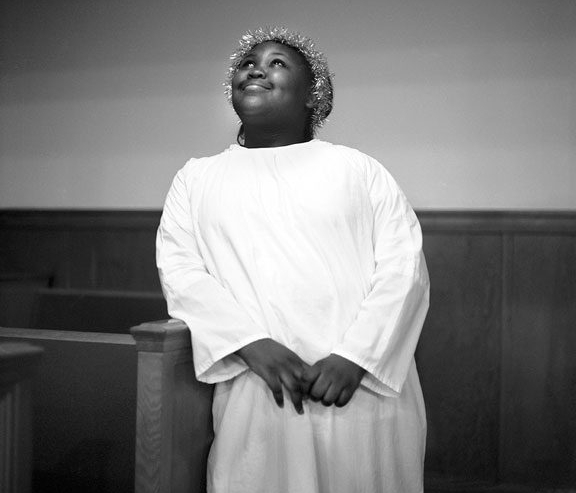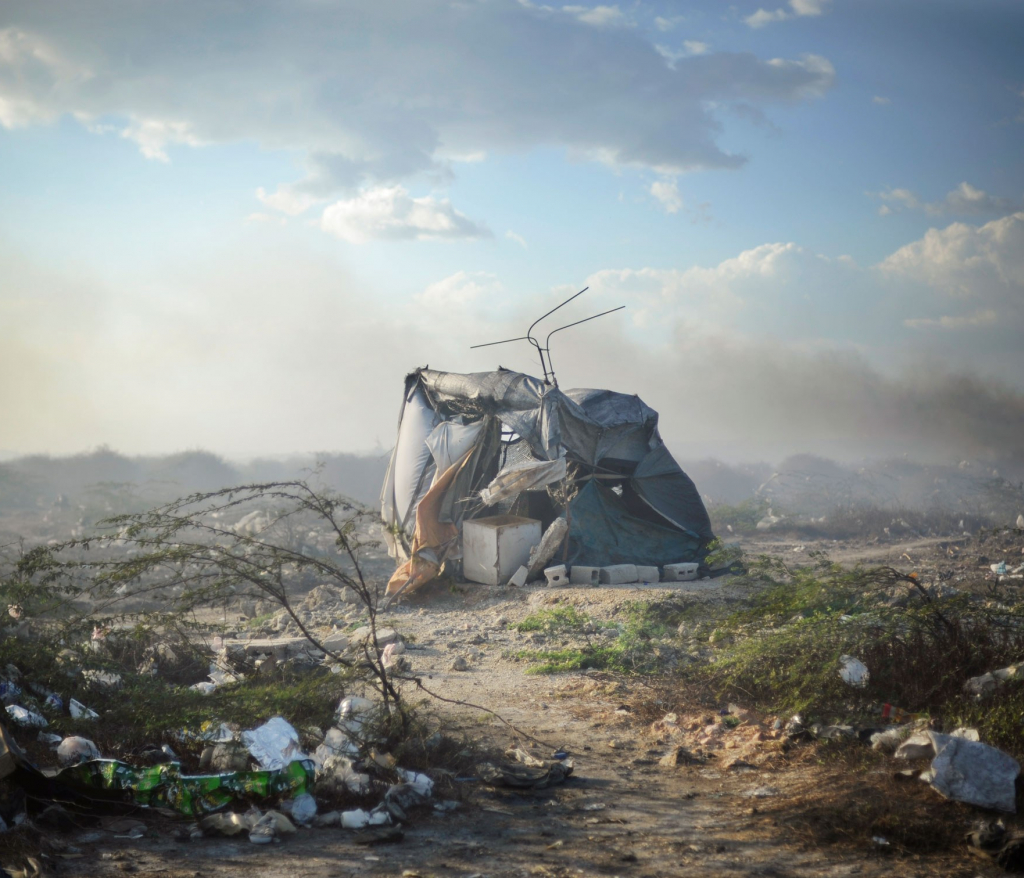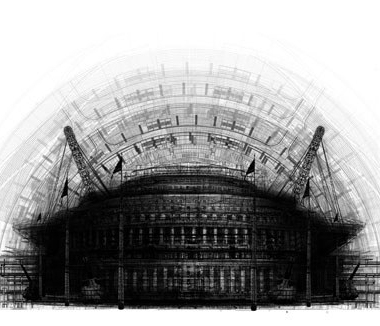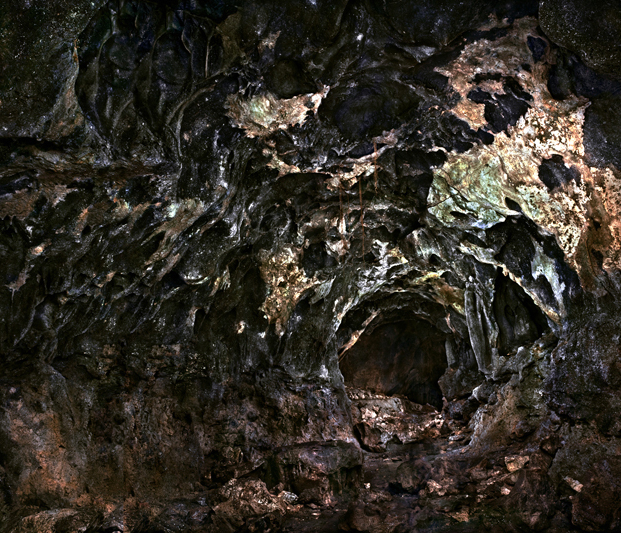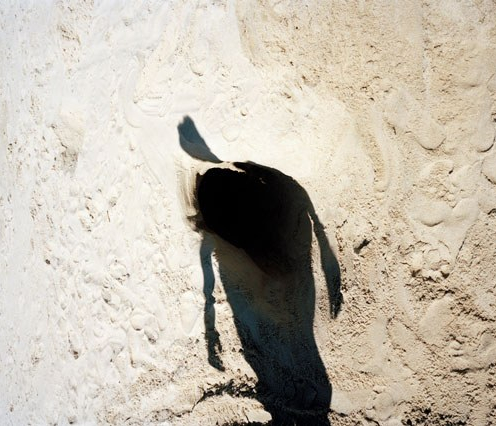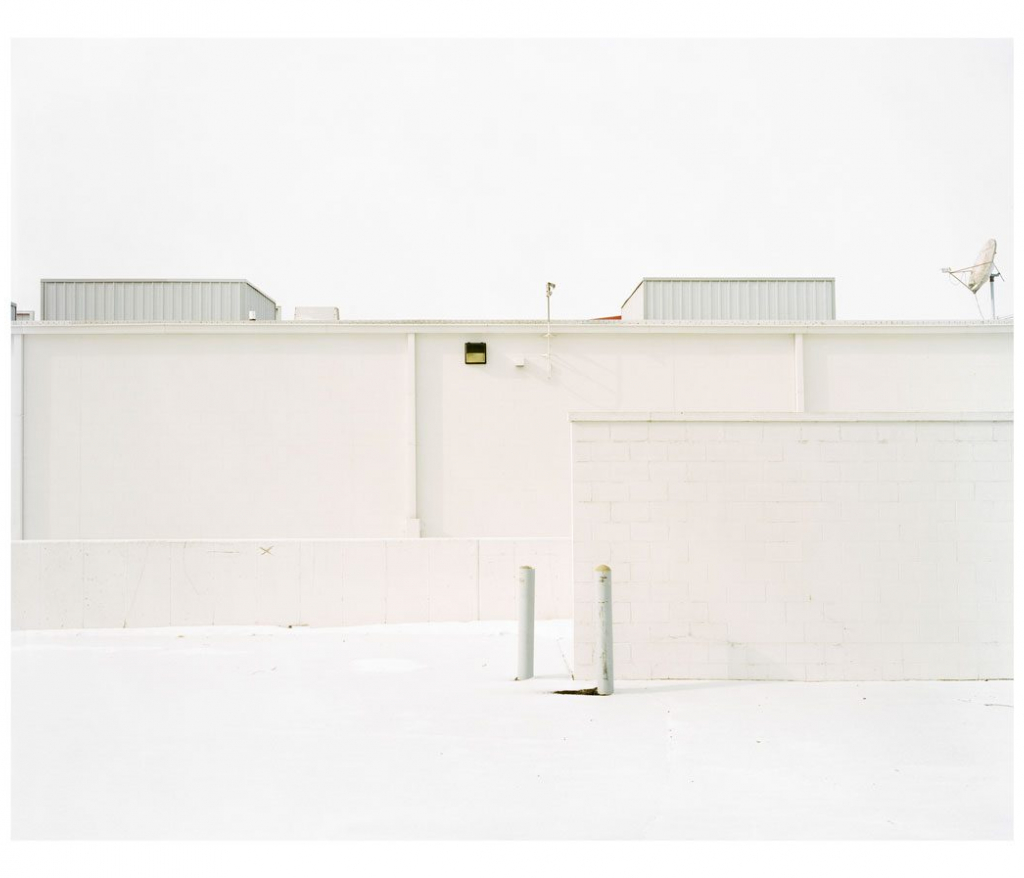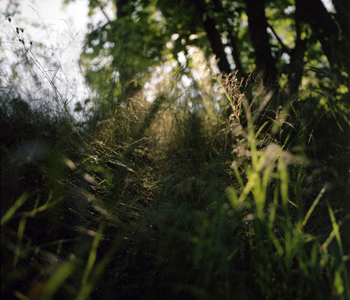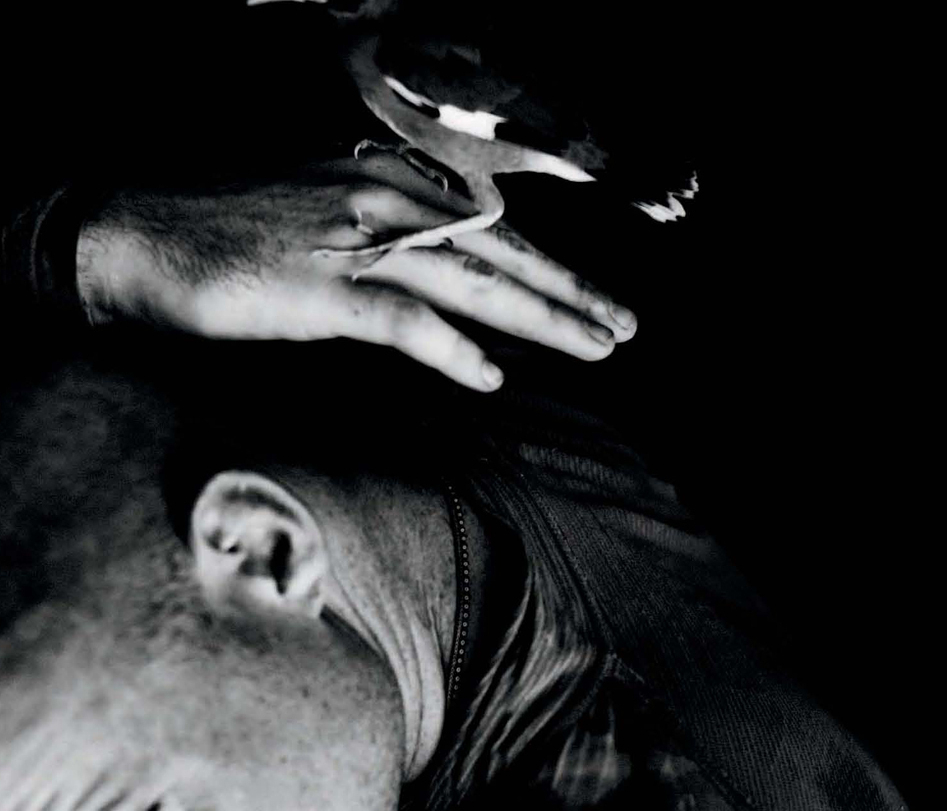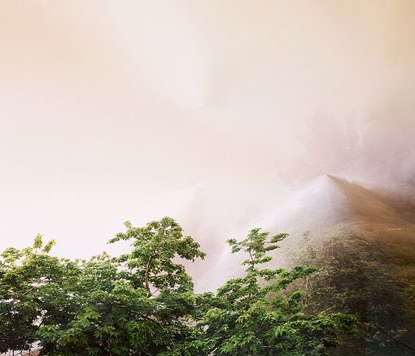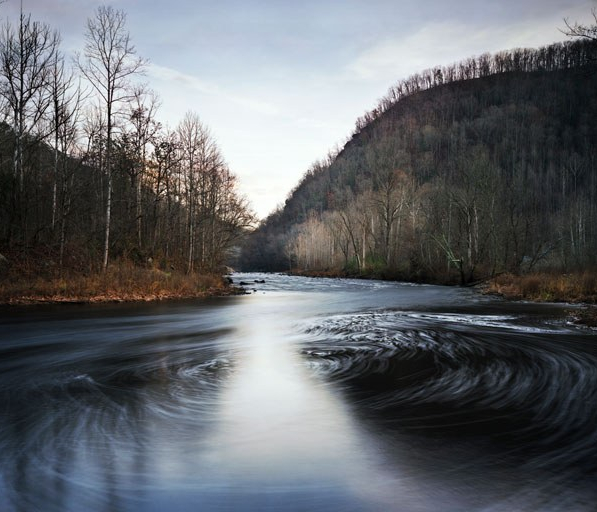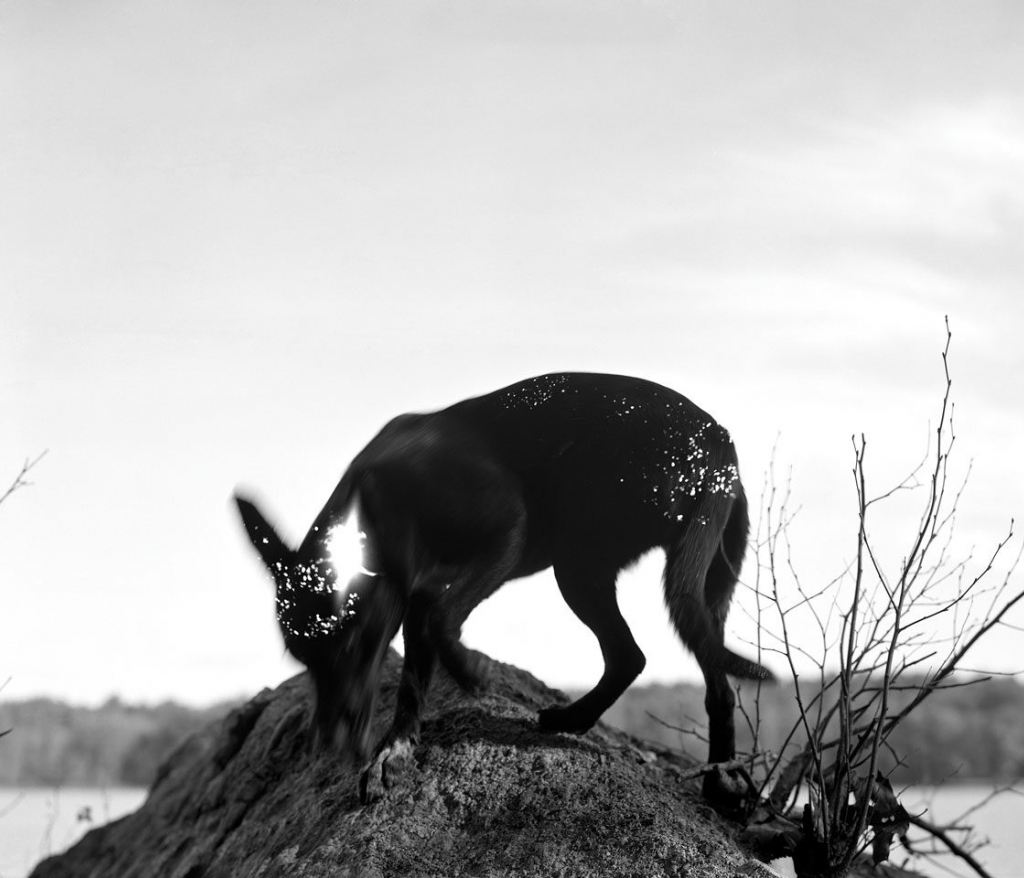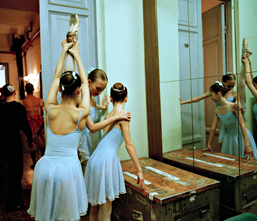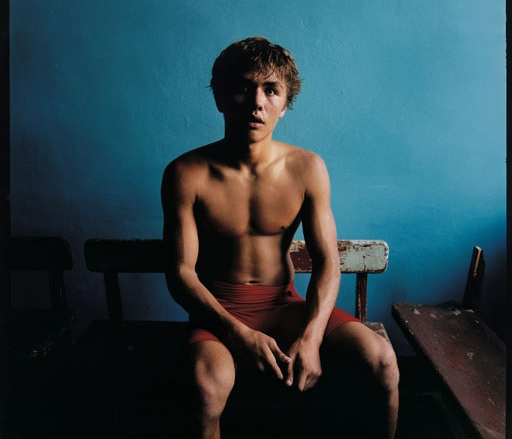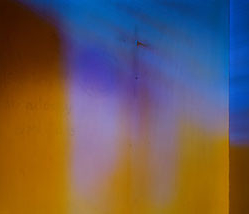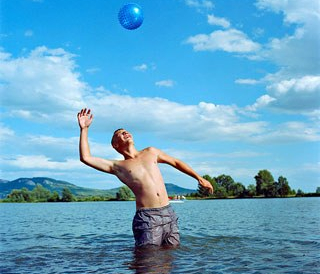Alice Hargrave
Paradise Wavering
Alice Hargrave
Paradise Wavering
The language of color is central to Alice Hargrave’s work. It functions in Paradise Wavering as a lure and a tool for emotional communication. As an environmentally motivated artist, Hargrave advocates for the preservation of the subjects she loves so dearly – the flora and fauna of our planet – by showing their fragile beauty. In her images, we experience the tenuous sublime of the natural world.
Hargrave chooses which colors her photographs will be; her palette feels intuitive, like that of a well-seasoned painter. She selects a colorscape for each image and marinades the world within it in the glow. This technique saturates the viewer in the emotional microcosms of her photographs. The large green silk fabric Biosphere creates an immersive experience. You feel you can walk right into the strange green tangle of wood and leaves. The grassy tones give a sense of heat and moisture that radiate from the piece.
There is a strange and effective duality in Hargrave’s use of color. Sometimes the color shifts serve to augment the beauty of the plant life she’s photographed, even as they slightly defamiliarize the subjects. At other times, the washy hues call to mind the effects of radiation or pollution, something atomic or apocalyptic. The velvety burgundy sky In Red Moon is both ominous and a feast for the eyes. The unnaturally tinted fern in Yellow Day is enticing in its soft wash of color, but it’s also slightly disturbing, as the sense of the abnormal sets in. This is how things might look when the natural world goes off tilt. Paradise is not yet entirely lost, but Hargrave warns that it can shift before our eyes.
Paradise Wavering is an ongoing project that stems from a deep personal need to connect with the natural world and profound concerns about climate change and its wide reaching consequences. The work is about impermanence as it pertains to the environment, the human experience, and the photographic medium itself. Paradise is in flux, tenuous, and our environment is changing at a pace we can barely fathom. The vulnerability of our planet’s biodiversity, the fragility, and shrinking of natural habitats, and this desire to express the sublimity and wonder of the organic world informs the work.
The Monograph, Paradise Wavering, is a stream of consciousness that weaves in and out of place and time —via varying photographic substrates and medias -- it’s a drifting non linear narrative that parallels how the mind works.
The photographs lead through mangroves, tropical biospheres, forests, or midwestern prairies close to my home, placing the viewer into sumptuous experiences of flora and fauna. The images reference and are inspired by the heroic landscapes of 19th century photography, and painting. Like this earlier work I seek the sublime and beauty of the wild, however more often, I turn these expansive spaces into more intimate, sensory, and immersive representations. The work is about photography, an art form designed to forestall loss. It is about looking, slowing down, noticing, and feeling compassion for the subtleties of observation. I create these connections to the organic world by immersing myself into biologically diverse landscapes, or in the studio by analyzing a sliver of a vintage silver print, a forgotten background of a vernacular snapshot, or simply by observing a light event doing it’s dance across my studio wall.
Color is a very important aspect of my working process, it creates an almost autobiographical layer of emotional content to the images. I experiment, and work liberally with color, adding layers of tone much like I did in the analog color darkroom or when steeping images into subsequent toner baths. My colors are inspired by early color processes, such as Autochromes, or by the color shifts inherent to various photographic media as they are markers for and trace the passage of time. I love the way that certain substrates like Polaroids from the 1970s, for example, fade to that ochre yellow or green. The color shifts themselves are sublime. Color becomes a tool with which I can inscribe emotion onto media. The patina of time on photographic substrates can literally color our memories and helps me to express the parallels between fugitive image, fugitive nature, and fugitive memory. Photography is the art of the fleeting - an attempt to catch hold of all things ephemeral —light, love, nature, time— however futile this attempt may be, we still try to grab hold of time, but time and memory are fickle.
This quote from George Sand was on my first artist statement and is still relevant to my artistic practice today. “The consciousness of self as animal, vegetable, and mineral and the delight we feel plunging down into that consciousness is by no means degrading-- It is good to know the fundamental life at our roots.”
Alice Hargrave is a photographic, and video artist based in Chicago, whose most recent work is research based work about species and habitat loss. Her work over the years has explored impermanence as it pertains to environmental issues, the human condition, and the photographic medium itself. She is interested in how photographs literally color memory, and perception. Hargrave studied art and architectural history in Italy, and worked as a photographic artist in France and Spain. She is fluent in French, and received a University Fellowship to obtain her MFA from The University of Illinois, Chicago, where she explored the cusp between abstraction, and representation, and the relationship between painting, photography, and the sublime.
Hargrave has taught photography since 1994; at The School of The Art Institute Chicago, and University of Illinois, Chicago, before her tenure track full time professorship at Columbia College Chicago. She has currently decided to teach part time, while pursuing commissions, and work in conservation.
Alice Hargrave
Paradise Wavering
The language of color is central to Alice Hargrave’s work. It functions in Paradise Wavering as a lure and a tool for emotional communication. As an environmentally motivated artist, Hargrave advocates for the preservation of the subjects she loves so dearly – the flora and fauna of our planet – by showing their fragile beauty. In her images, we experience the tenuous sublime of the natural world.
Hargrave chooses which colors her photographs will be; her palette feels intuitive, like that of a well-seasoned painter. She selects a colorscape for each image and marinades the world within it in the glow. This technique saturates the viewer in the emotional microcosms of her photographs. The large green silk fabric Biosphere creates an immersive experience. You feel you can walk right into the strange green tangle of wood and leaves. The grassy tones give a sense of heat and moisture that radiate from the piece.
There is a strange and effective duality in Hargrave’s use of color. Sometimes the color shifts serve to augment the beauty of the plant life she’s photographed, even as they slightly defamiliarize the subjects. At other times, the washy hues call to mind the effects of radiation or pollution, something atomic or apocalyptic. The velvety burgundy sky In Red Moon is both ominous and a feast for the eyes. The unnaturally tinted fern in Yellow Day is enticing in its soft wash of color, but it’s also slightly disturbing, as the sense of the abnormal sets in. This is how things might look when the natural world goes off tilt. Paradise is not yet entirely lost, but Hargrave warns that it can shift before our eyes.
Paradise Wavering is an ongoing project that stems from a deep personal need to connect with the natural world and profound concerns about climate change and its wide reaching consequences. The work is about impermanence as it pertains to the environment, the human experience, and the photographic medium itself. Paradise is in flux, tenuous, and our environment is changing at a pace we can barely fathom. The vulnerability of our planet’s biodiversity, the fragility, and shrinking of natural habitats, and this desire to express the sublimity and wonder of the organic world informs the work.
The Monograph, Paradise Wavering, is a stream of consciousness that weaves in and out of place and time —via varying photographic substrates and medias -- it’s a drifting non linear narrative that parallels how the mind works.
The photographs lead through mangroves, tropical biospheres, forests, or midwestern prairies close to my home, placing the viewer into sumptuous experiences of flora and fauna. The images reference and are inspired by the heroic landscapes of 19th century photography, and painting. Like this earlier work I seek the sublime and beauty of the wild, however more often, I turn these expansive spaces into more intimate, sensory, and immersive representations. The work is about photography, an art form designed to forestall loss. It is about looking, slowing down, noticing, and feeling compassion for the subtleties of observation. I create these connections to the organic world by immersing myself into biologically diverse landscapes, or in the studio by analyzing a sliver of a vintage silver print, a forgotten background of a vernacular snapshot, or simply by observing a light event doing it’s dance across my studio wall.
Color is a very important aspect of my working process, it creates an almost autobiographical layer of emotional content to the images. I experiment, and work liberally with color, adding layers of tone much like I did in the analog color darkroom or when steeping images into subsequent toner baths. My colors are inspired by early color processes, such as Autochromes, or by the color shifts inherent to various photographic media as they are markers for and trace the passage of time. I love the way that certain substrates like Polaroids from the 1970s, for example, fade to that ochre yellow or green. The color shifts themselves are sublime. Color becomes a tool with which I can inscribe emotion onto media. The patina of time on photographic substrates can literally color our memories and helps me to express the parallels between fugitive image, fugitive nature, and fugitive memory. Photography is the art of the fleeting - an attempt to catch hold of all things ephemeral —light, love, nature, time— however futile this attempt may be, we still try to grab hold of time, but time and memory are fickle.
This quote from George Sand was on my first artist statement and is still relevant to my artistic practice today. “The consciousness of self as animal, vegetable, and mineral and the delight we feel plunging down into that consciousness is by no means degrading-- It is good to know the fundamental life at our roots.”
Alice Hargrave is a photographic, and video artist based in Chicago, whose most recent work is research based work about species and habitat loss. Her work over the years has explored impermanence as it pertains to environmental issues, the human condition, and the photographic medium itself. She is interested in how photographs literally color memory, and perception. Hargrave studied art and architectural history in Italy, and worked as a photographic artist in France and Spain. She is fluent in French, and received a University Fellowship to obtain her MFA from The University of Illinois, Chicago, where she explored the cusp between abstraction, and representation, and the relationship between painting, photography, and the sublime.
Hargrave has taught photography since 1994; at The School of The Art Institute Chicago, and University of Illinois, Chicago, before her tenure track full time professorship at Columbia College Chicago. She has currently decided to teach part time, while pursuing commissions, and work in conservation.
